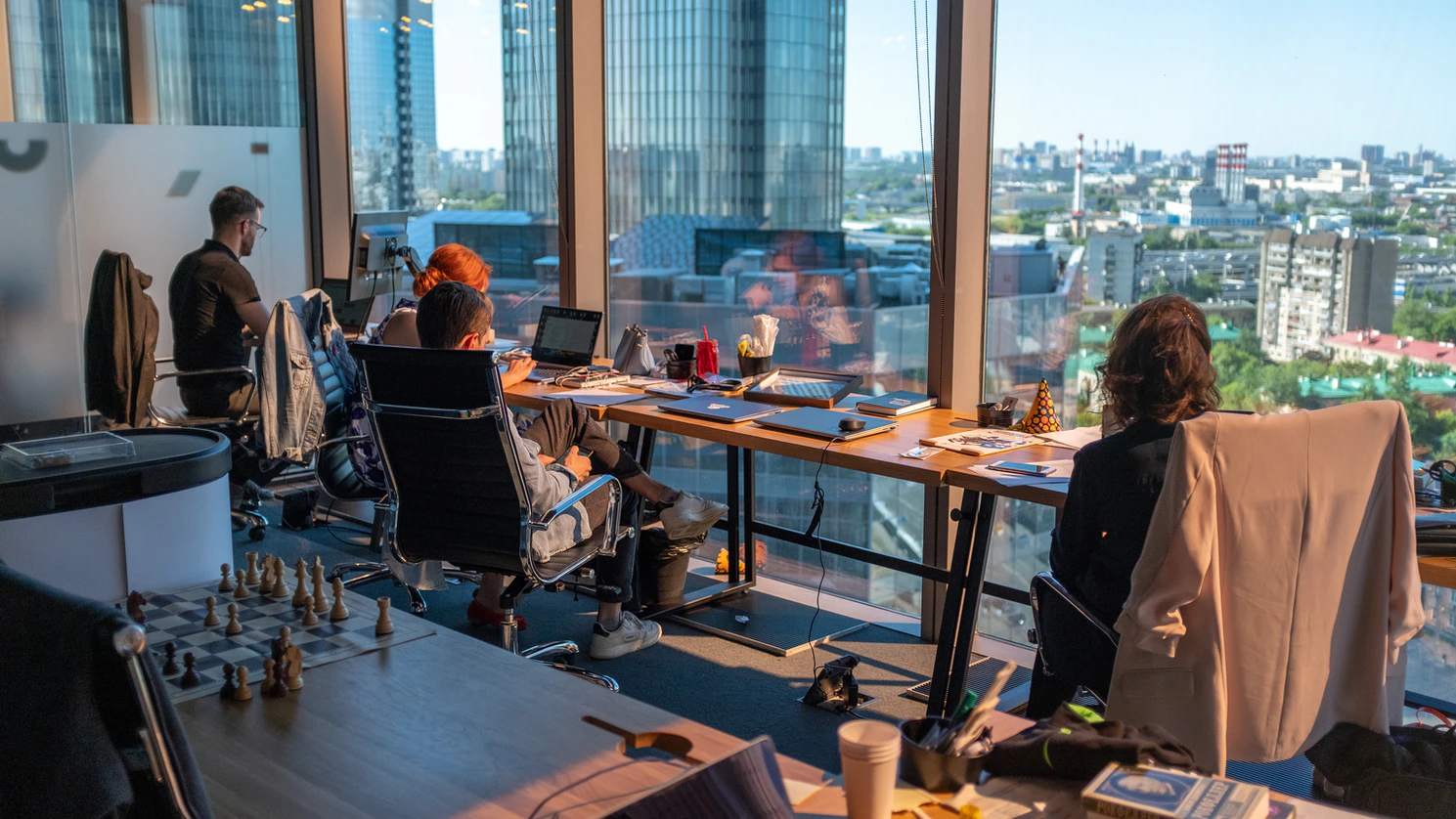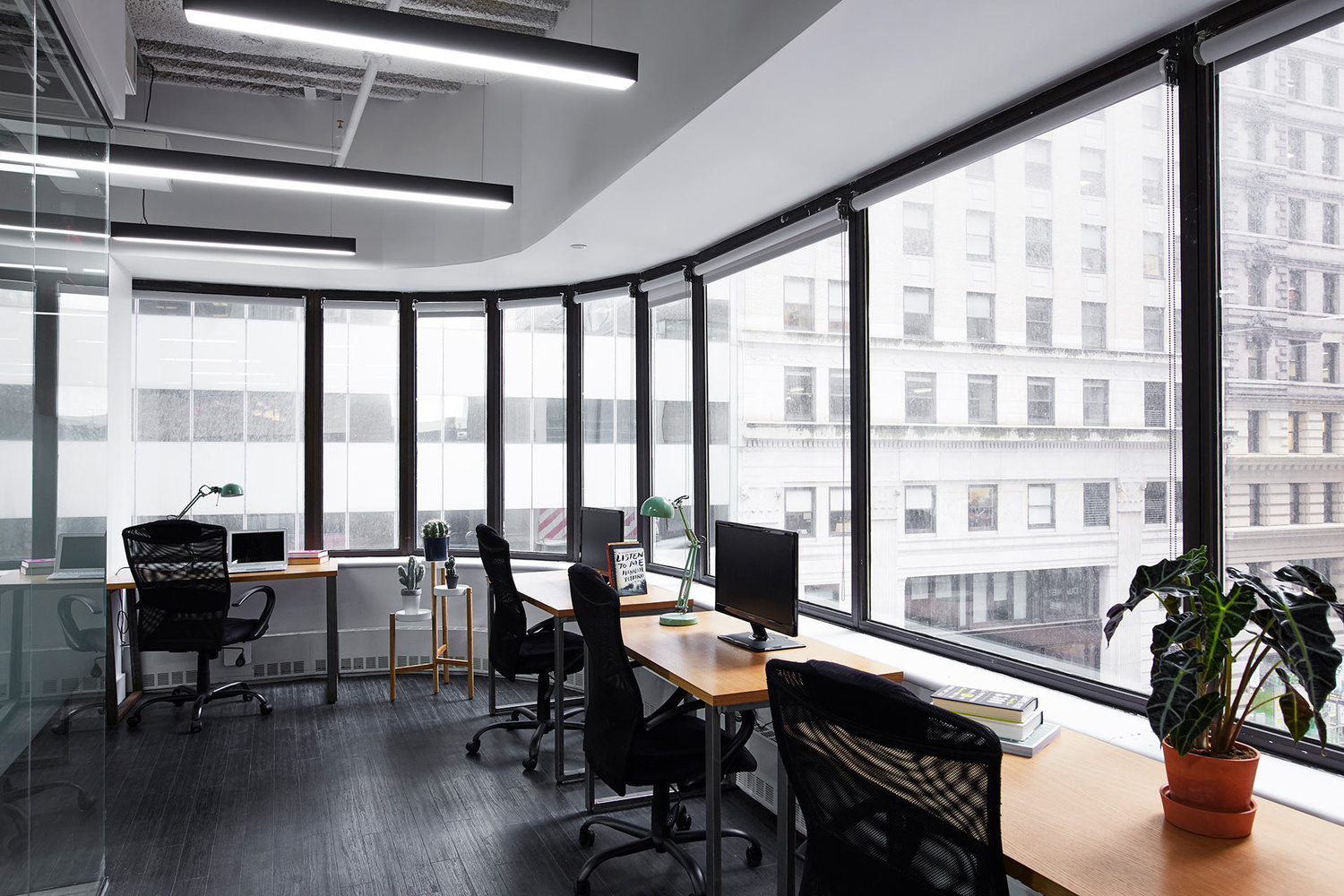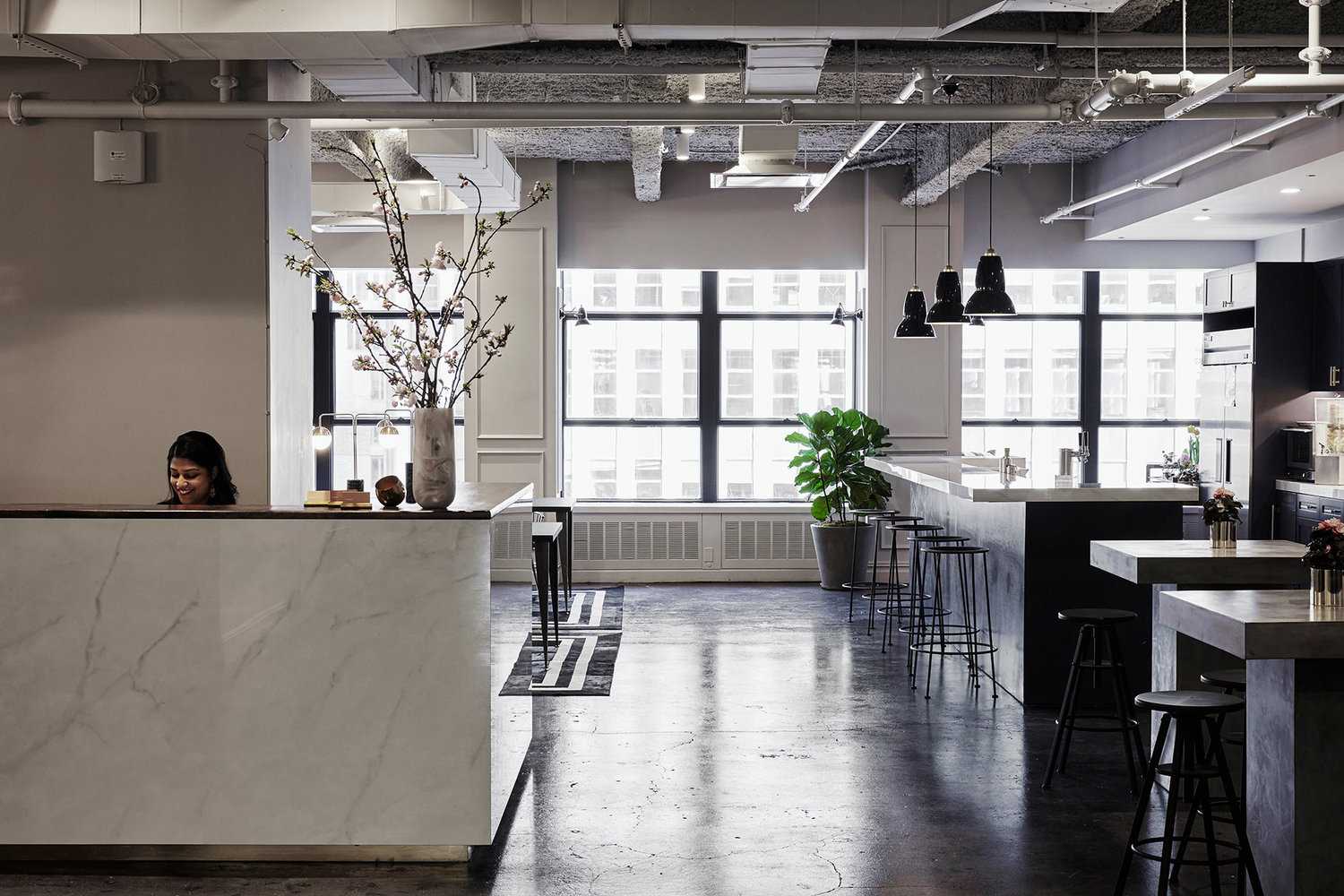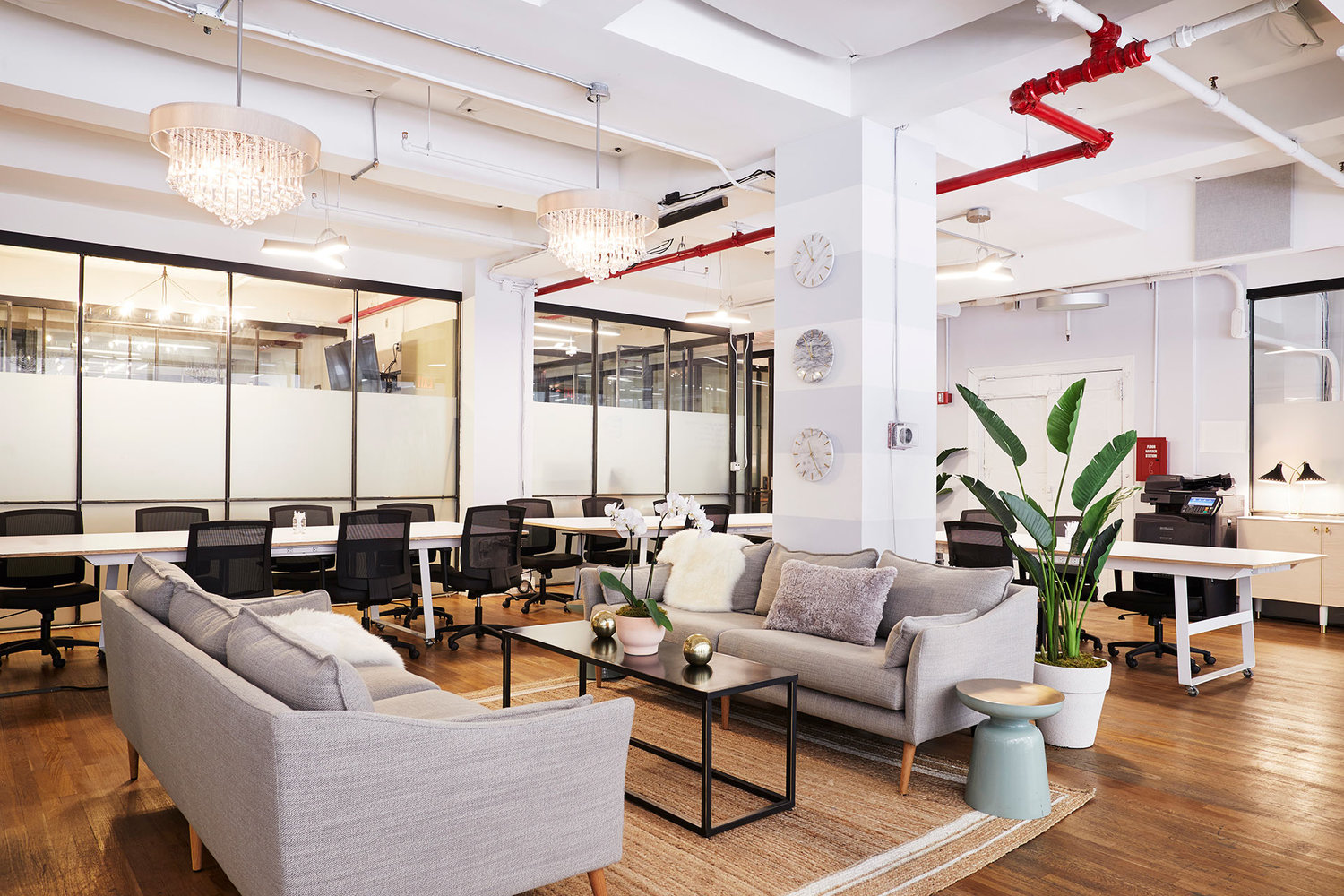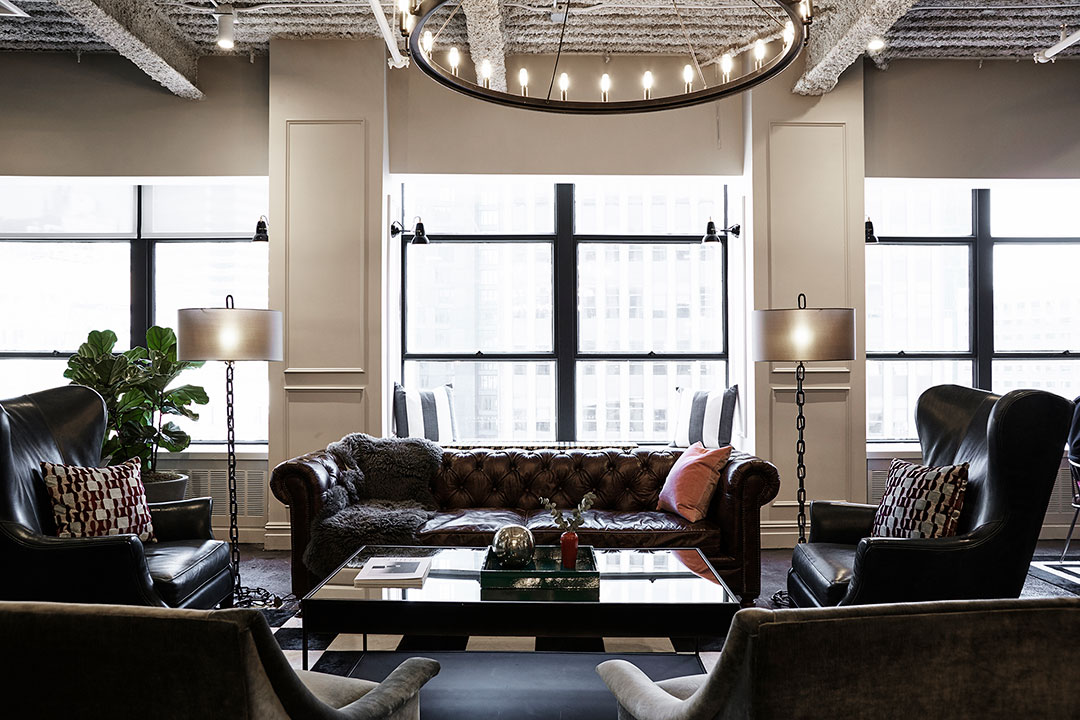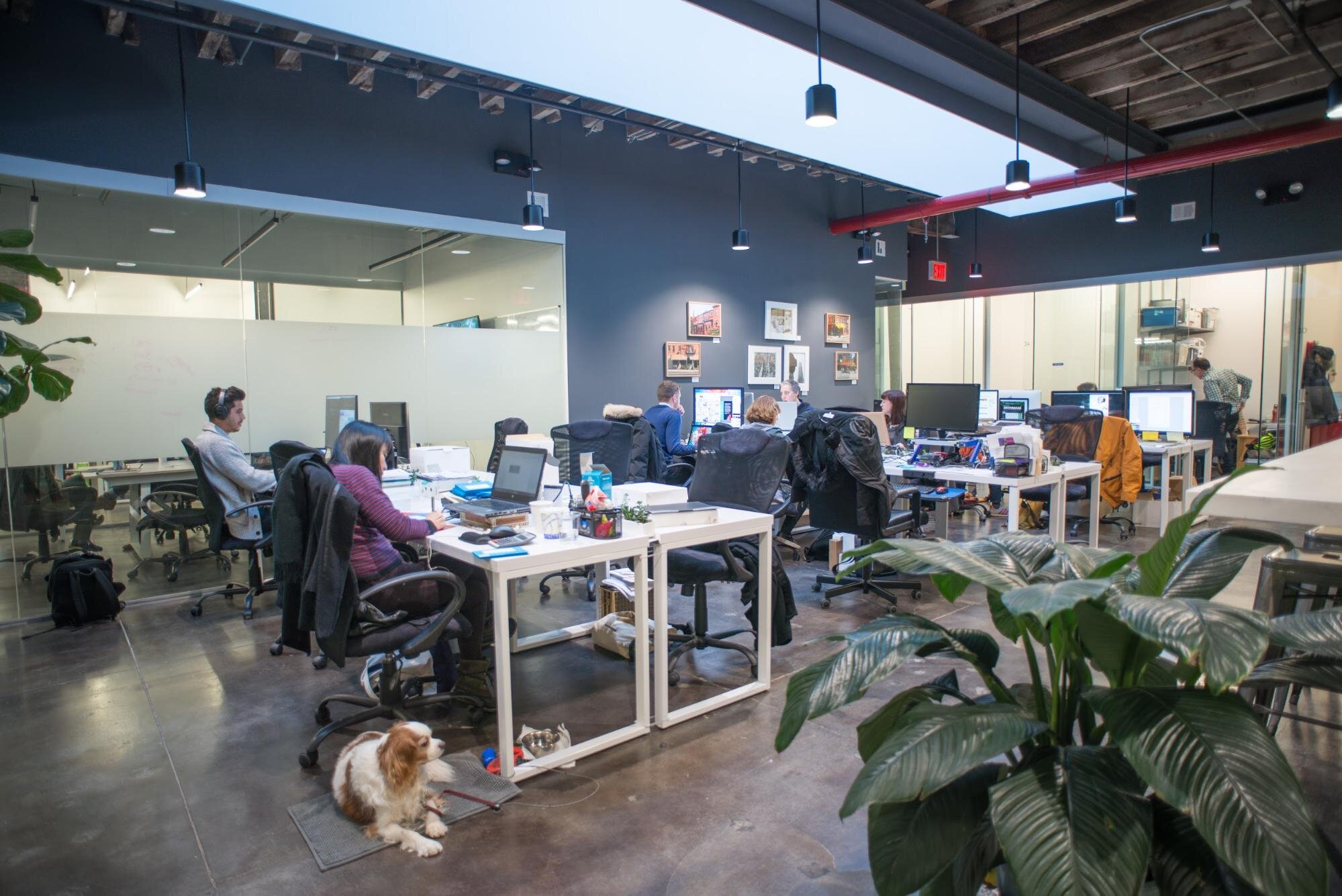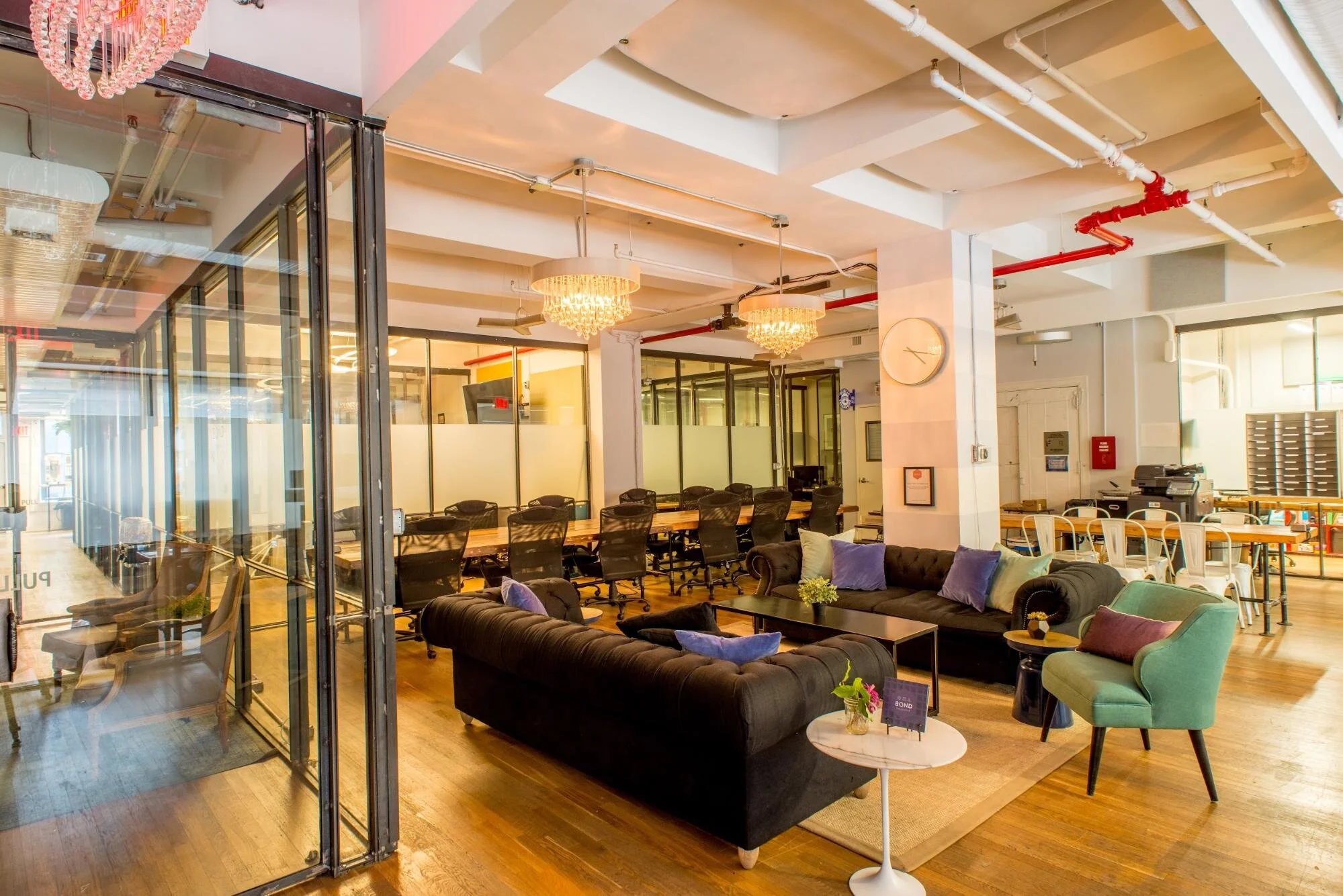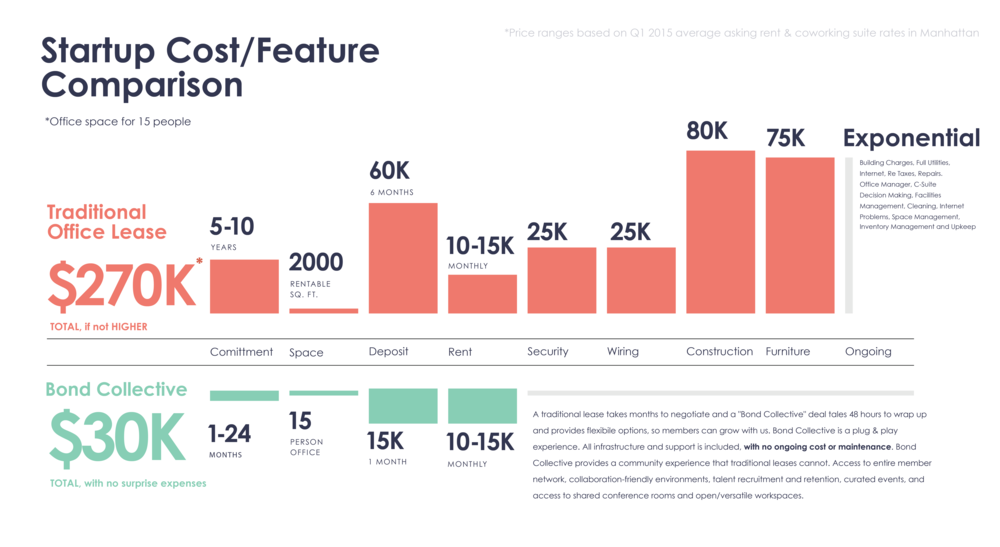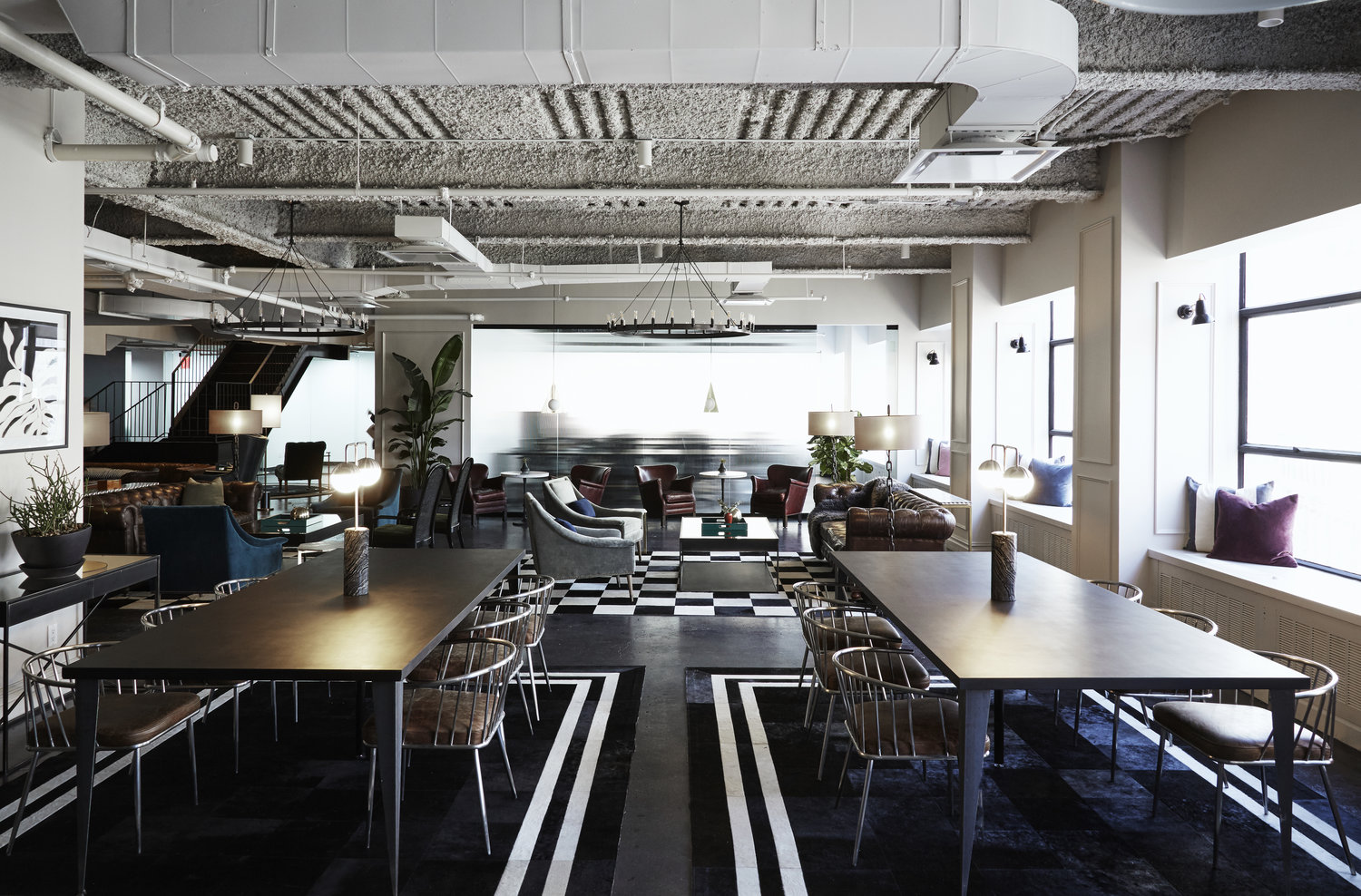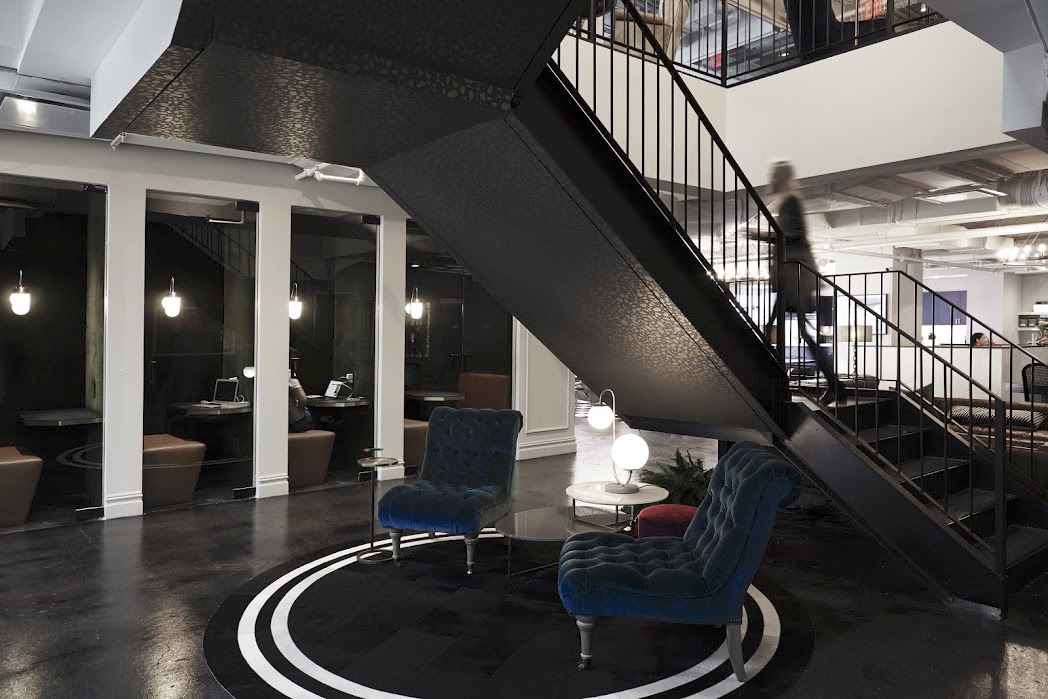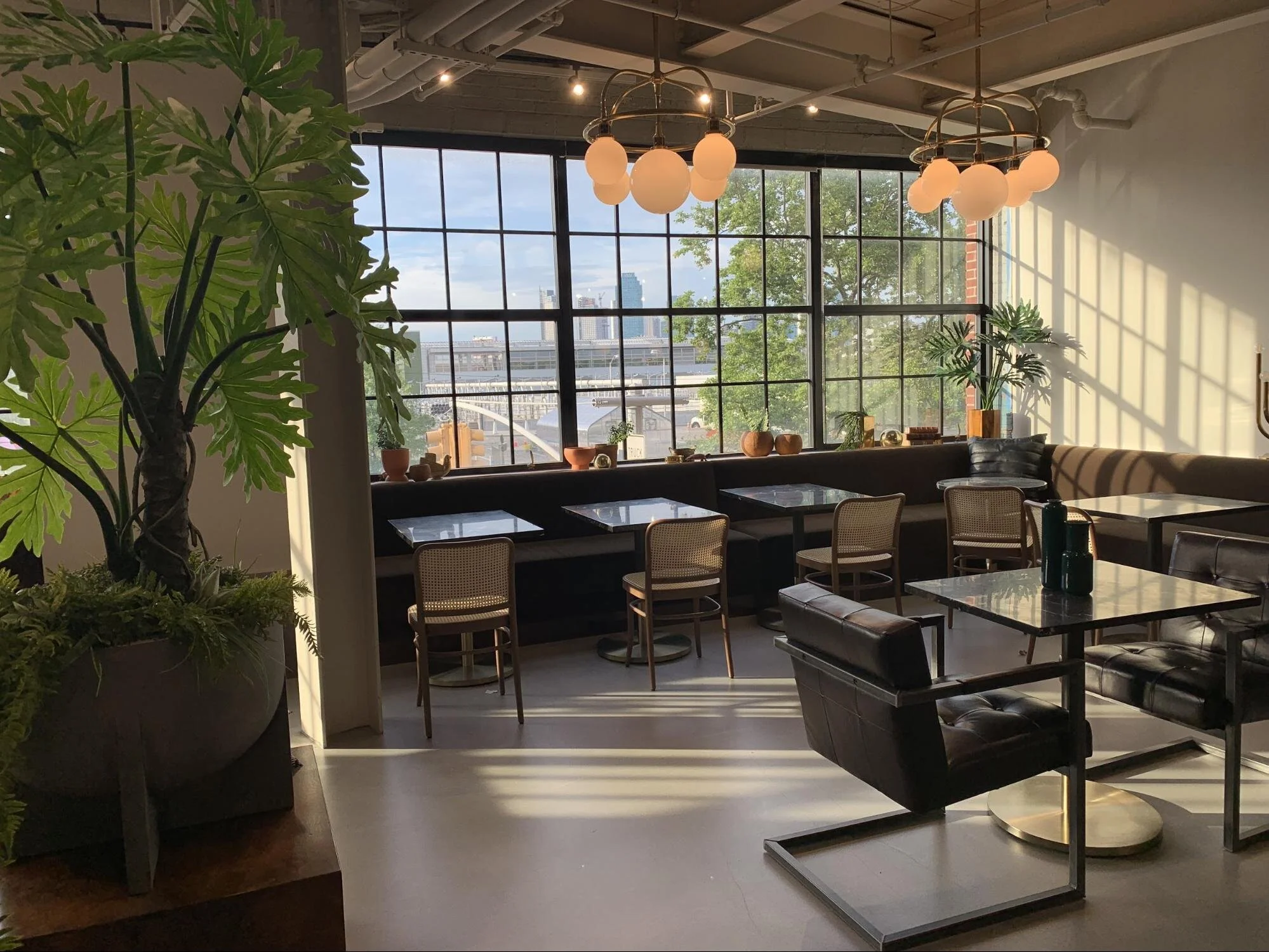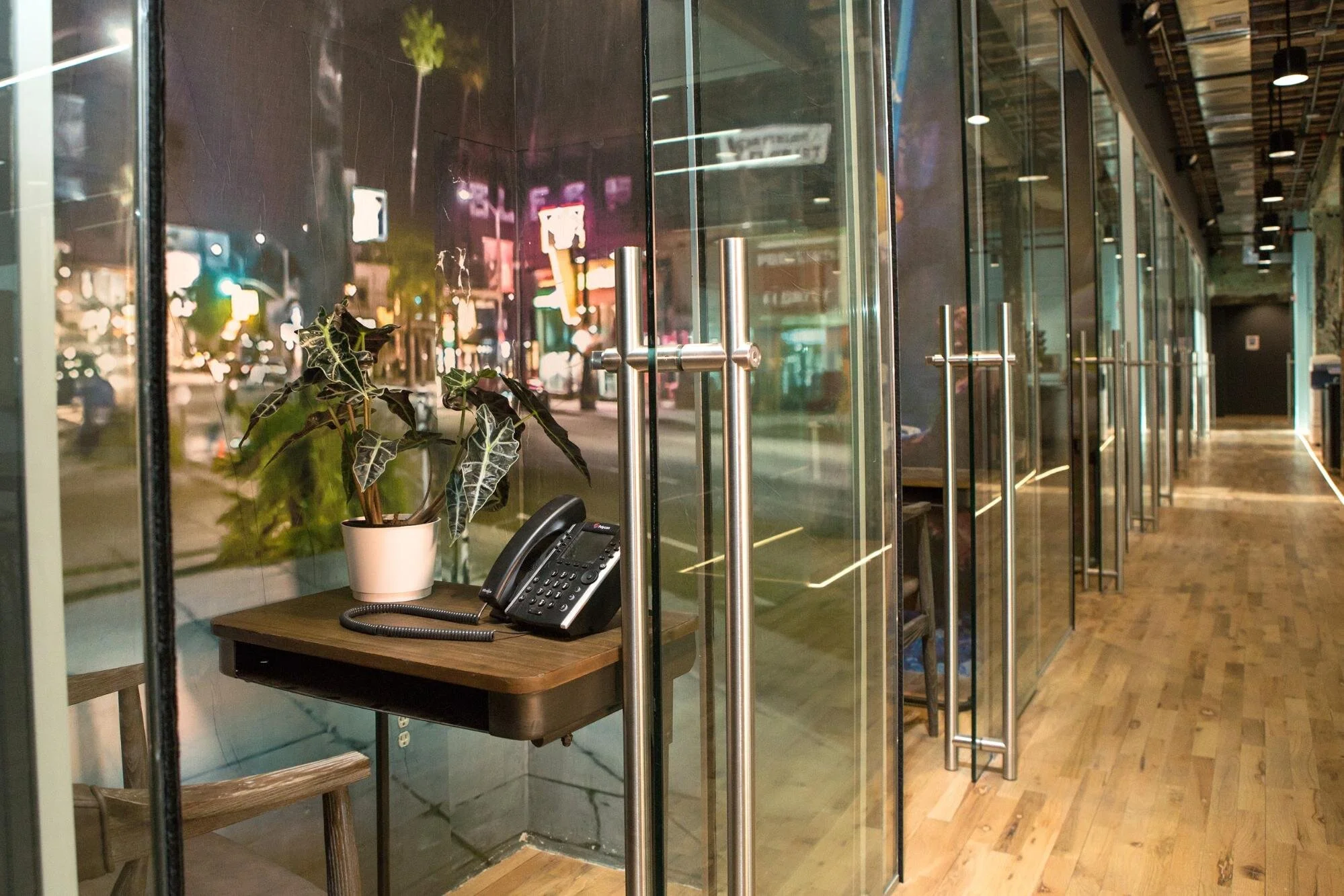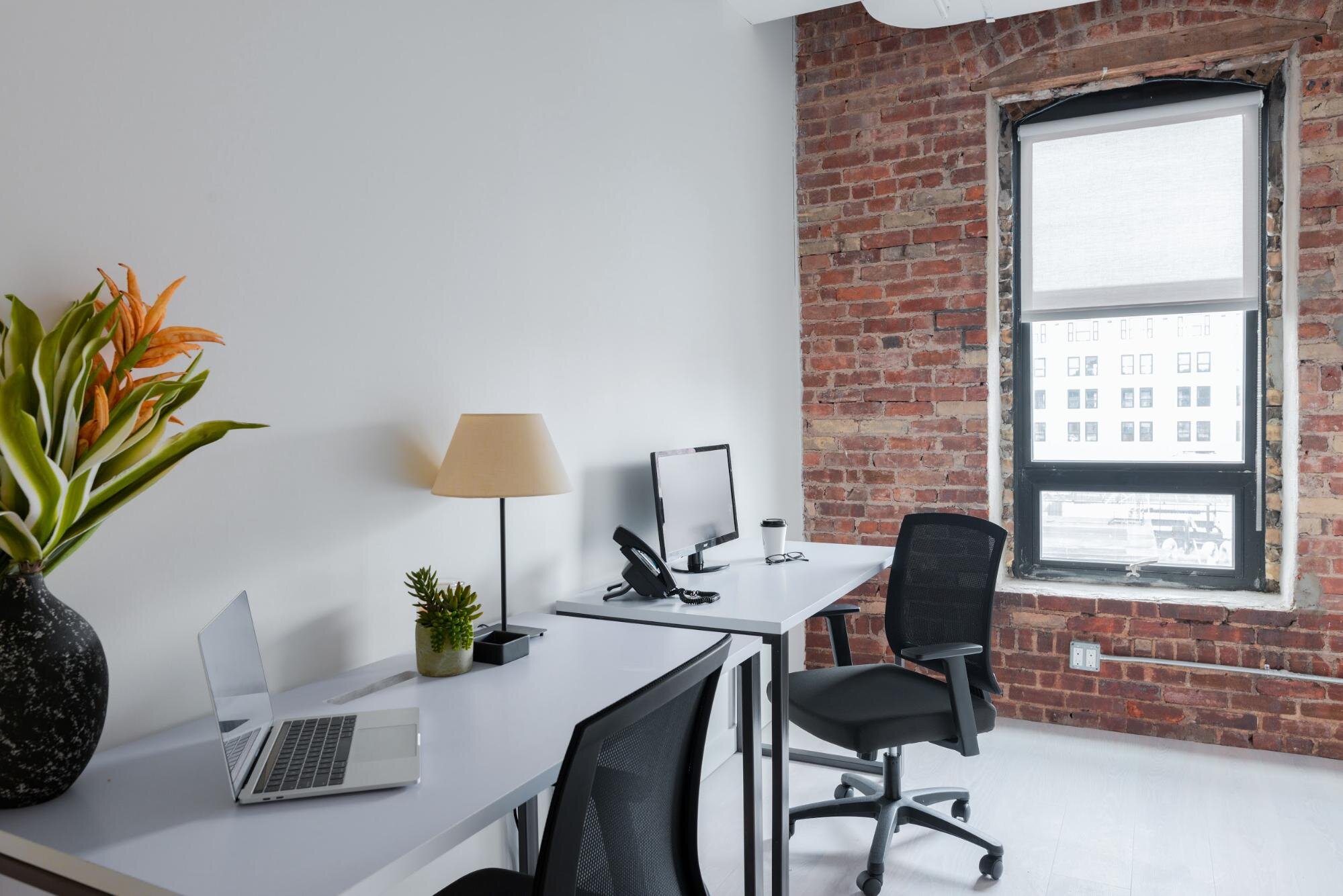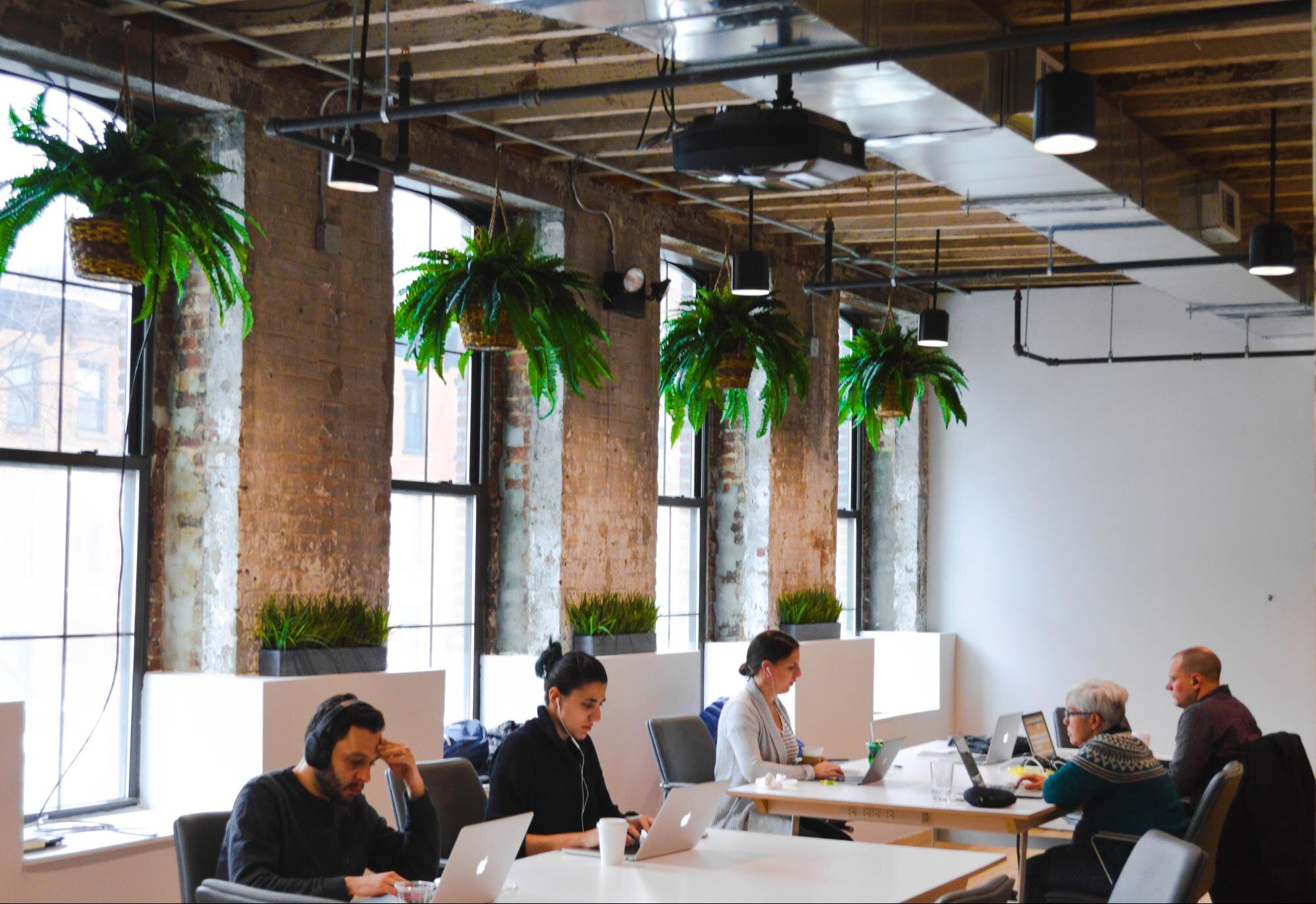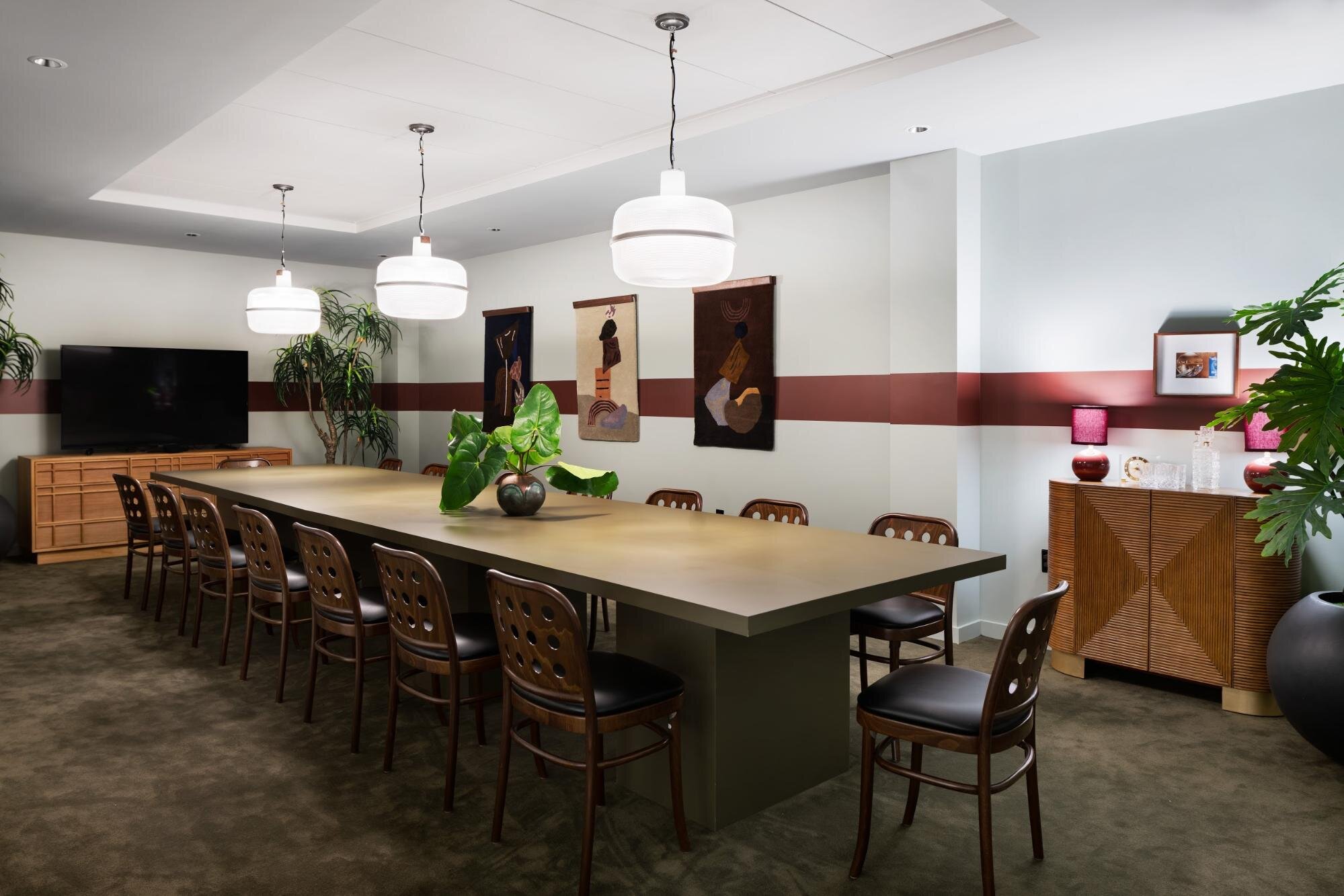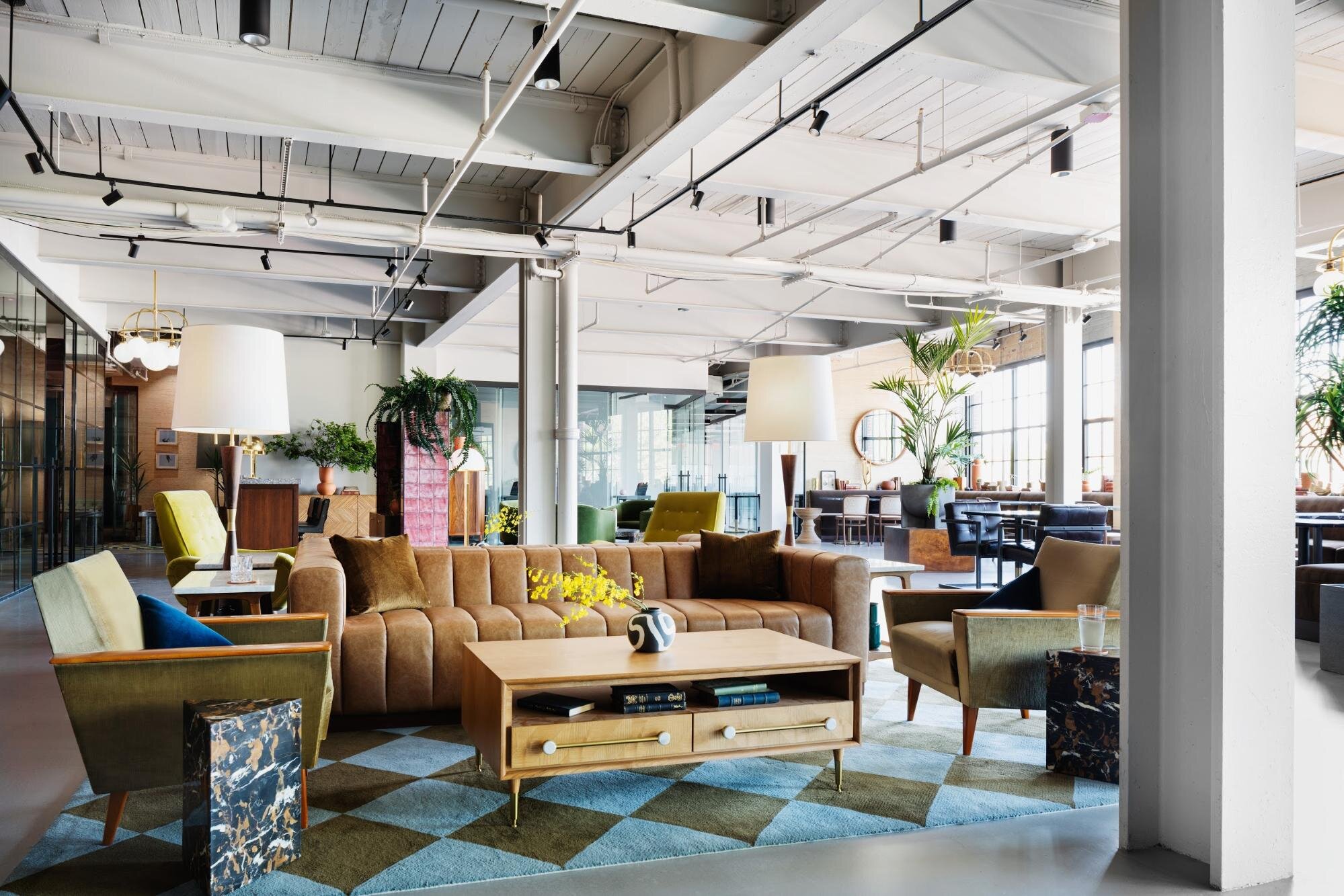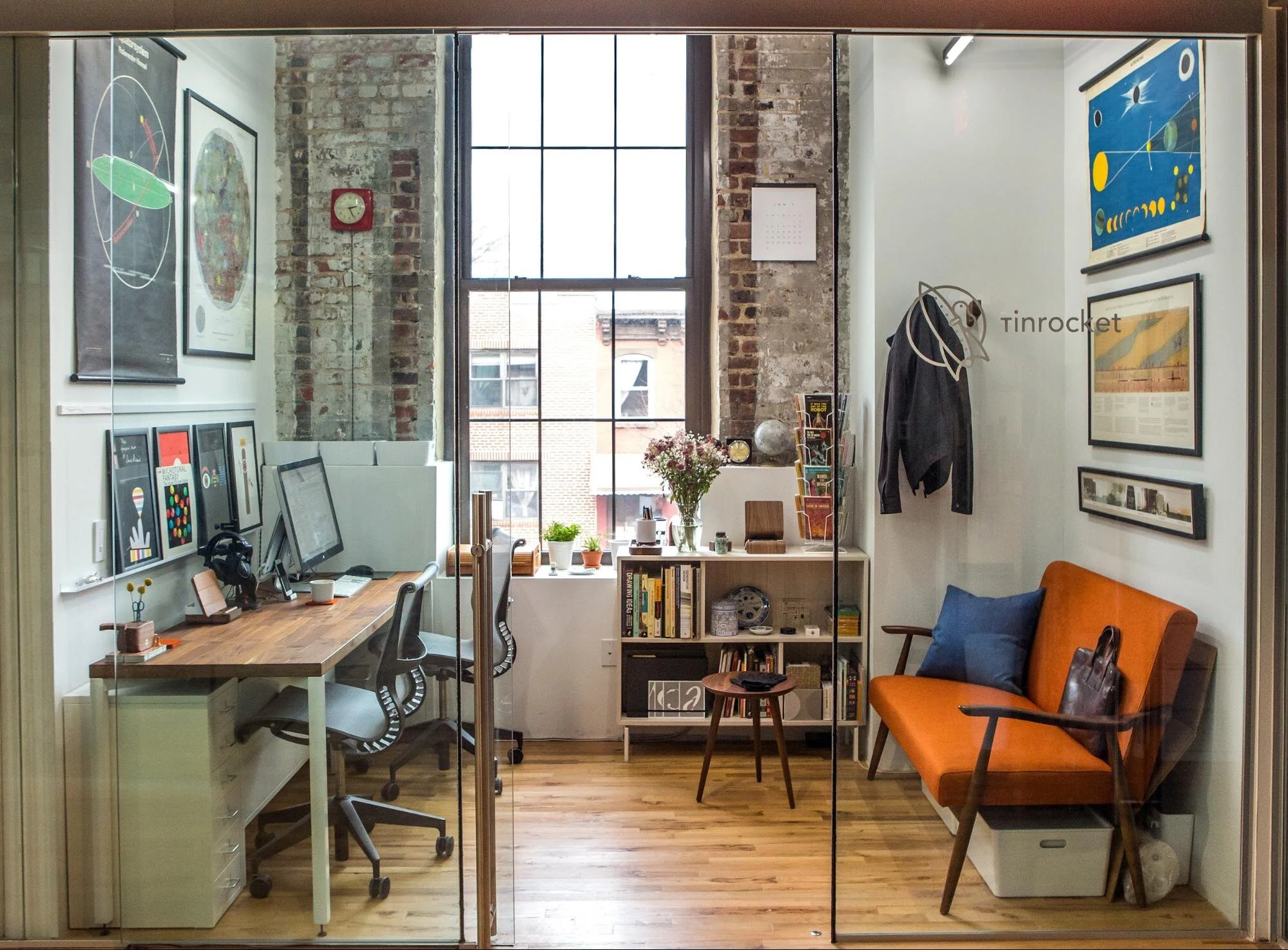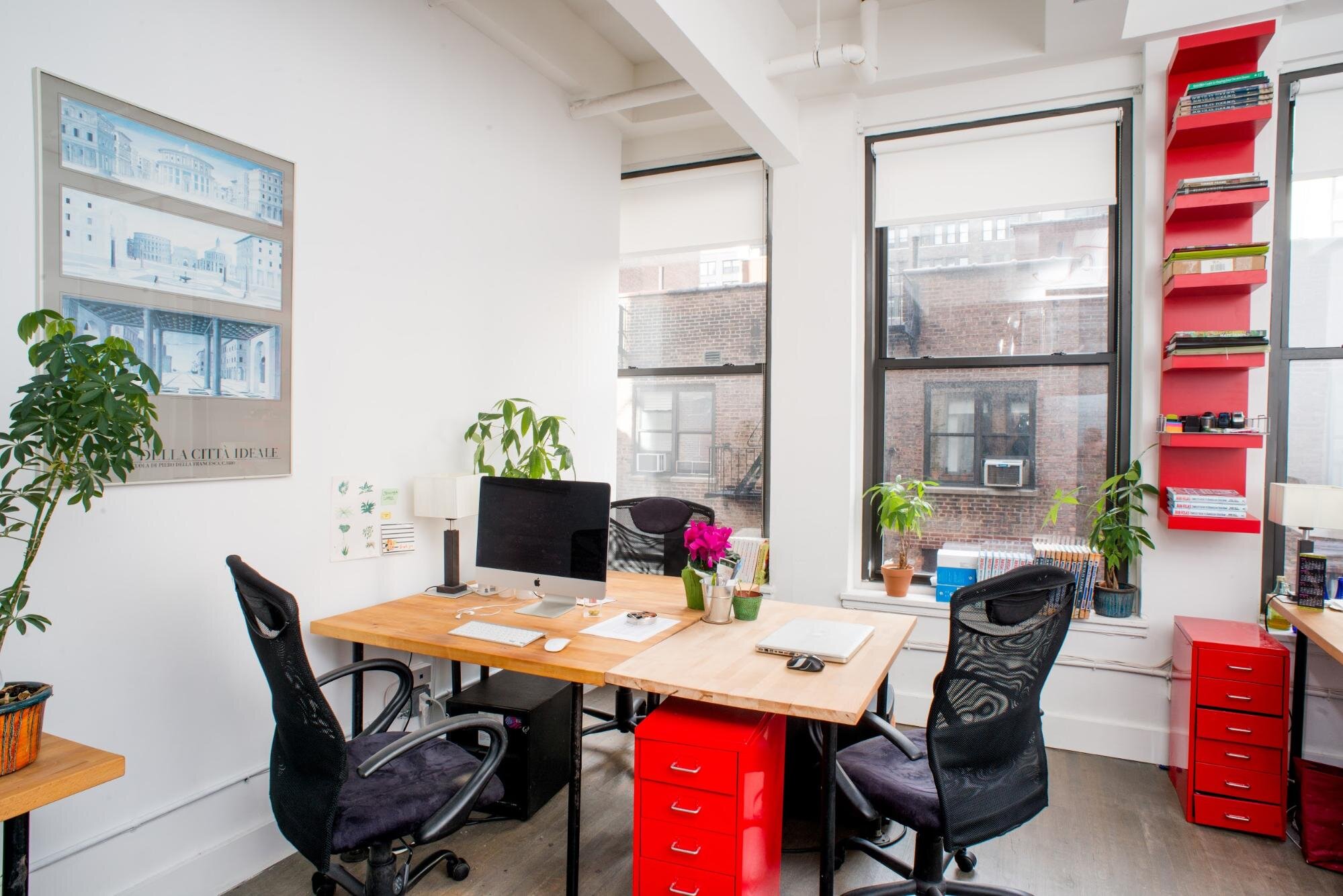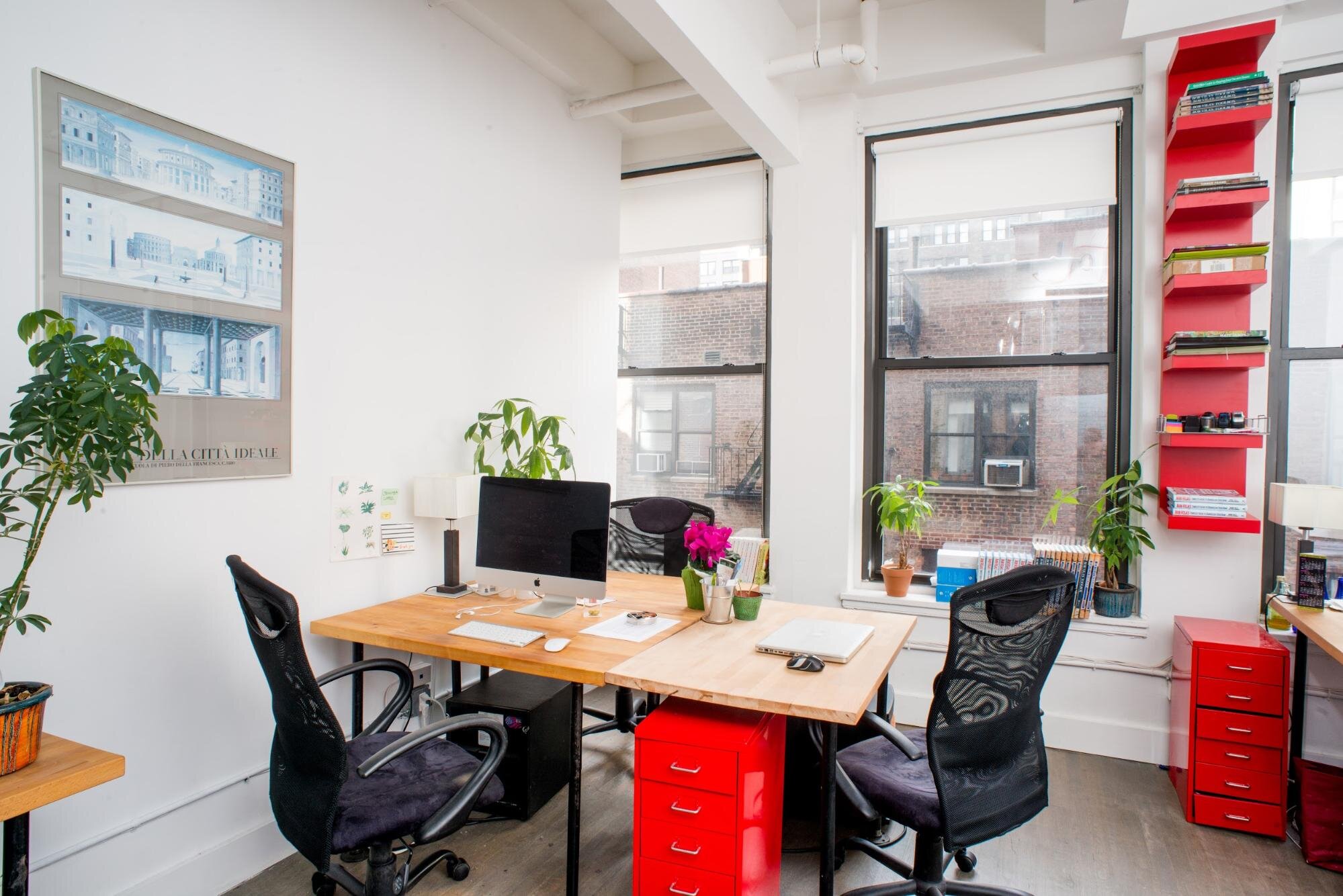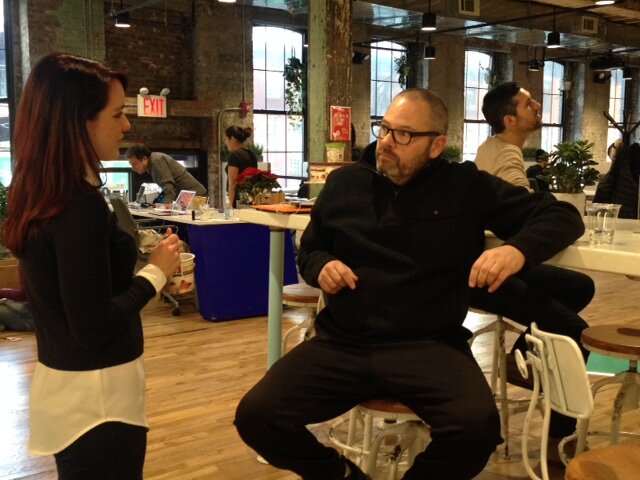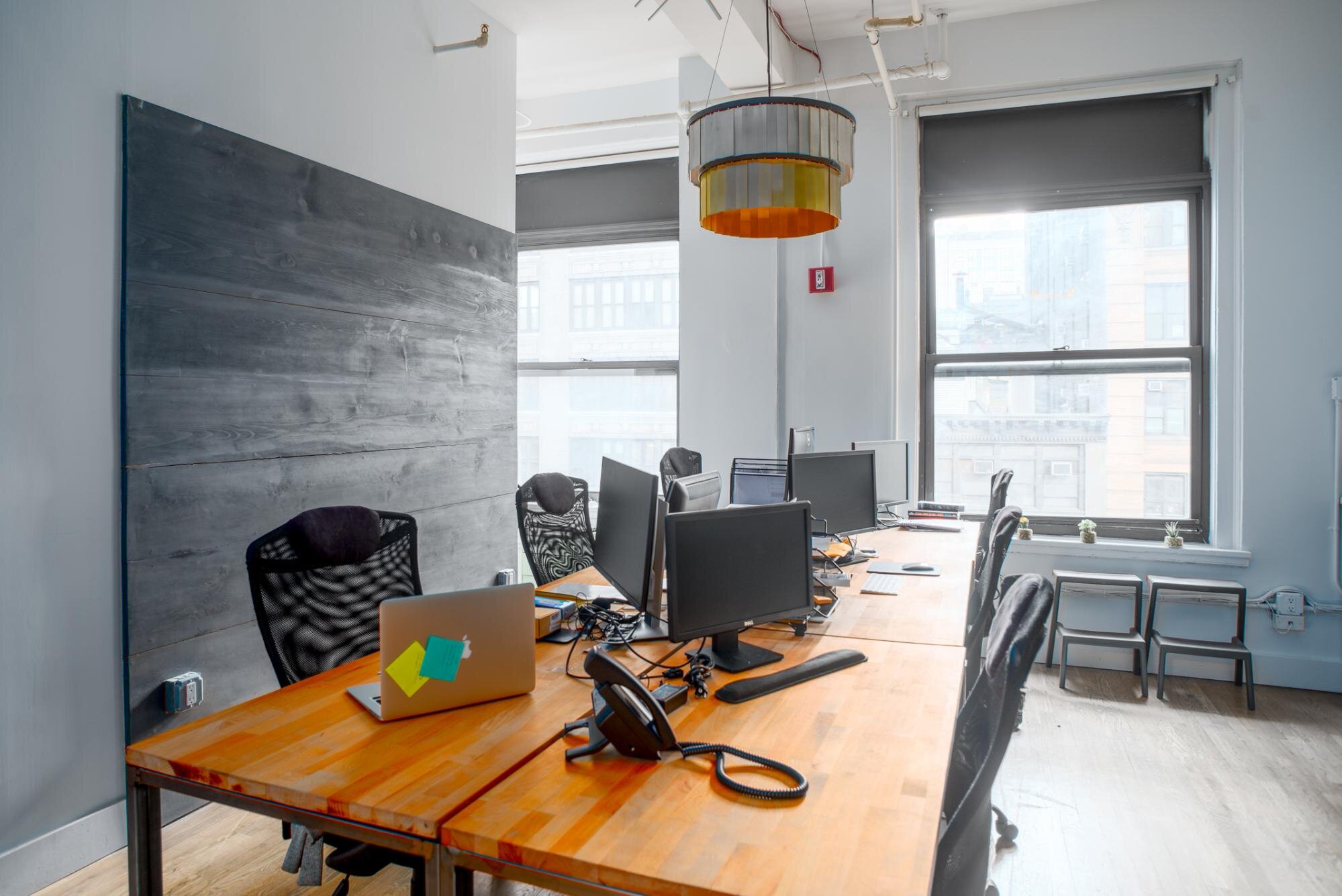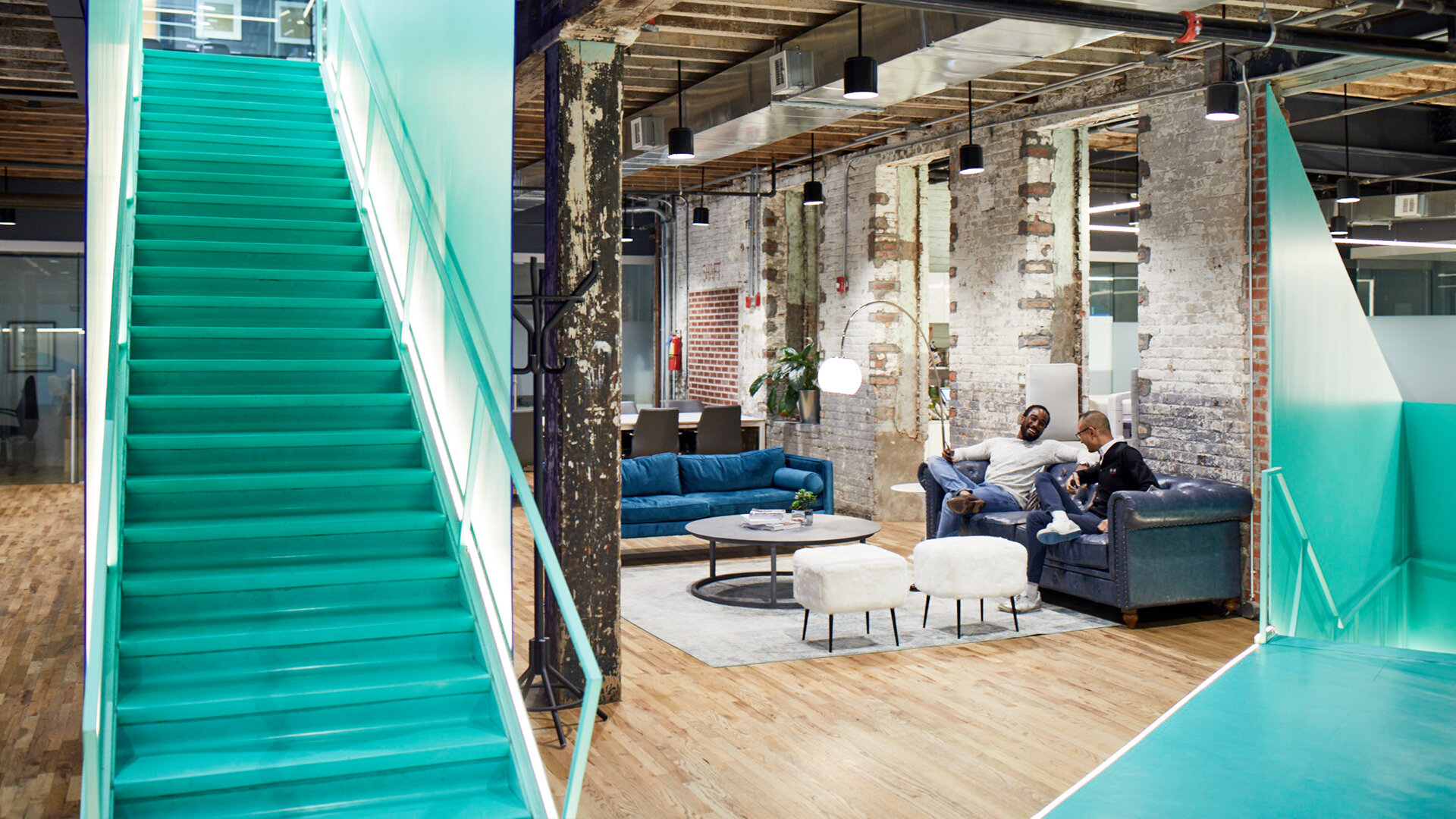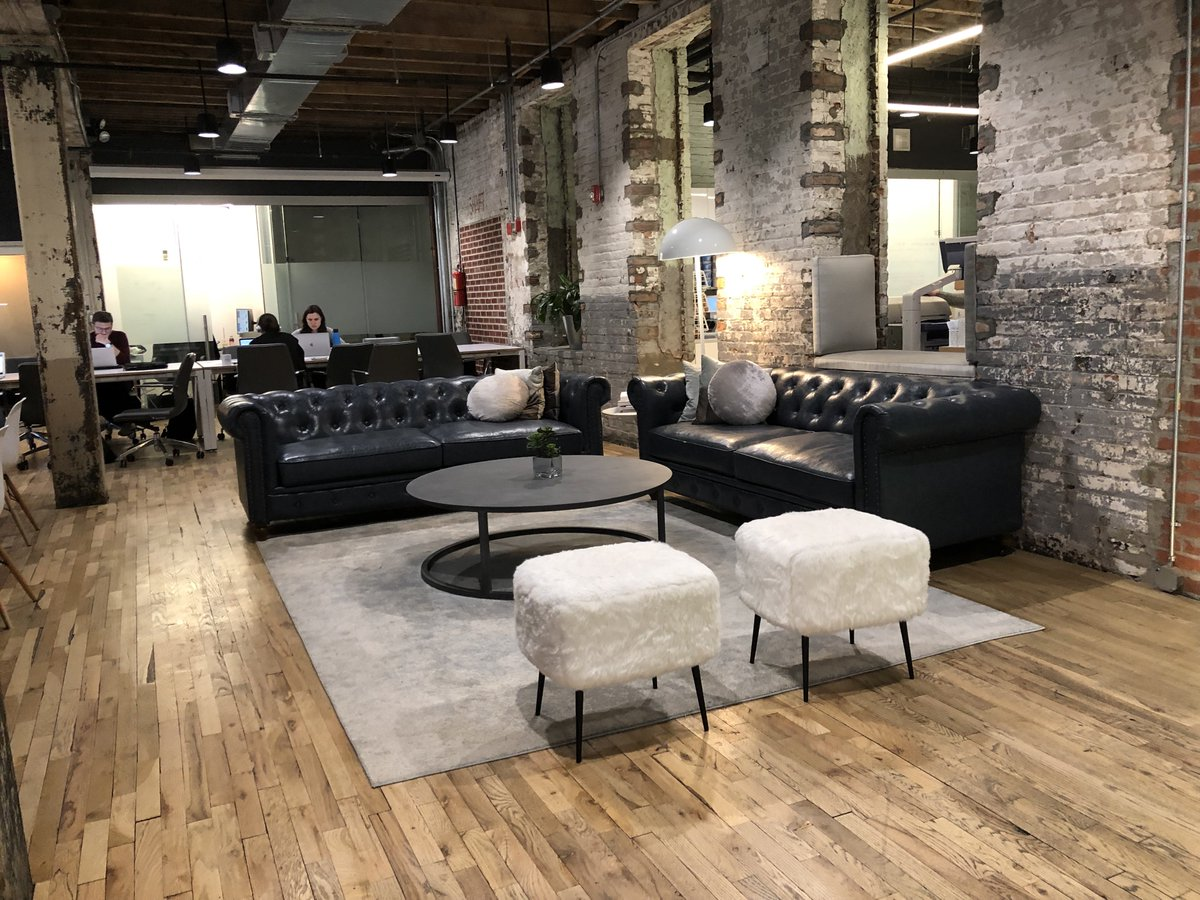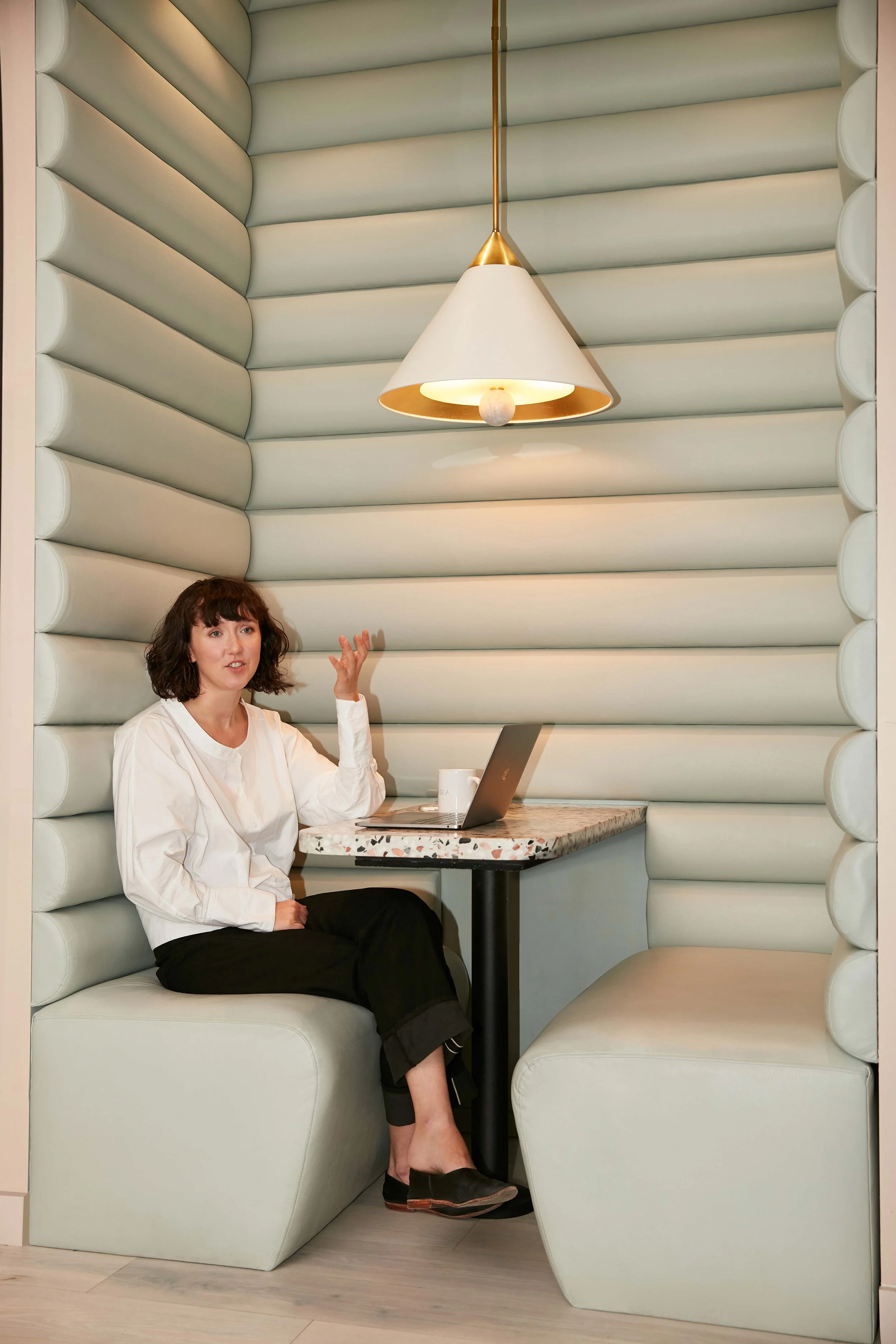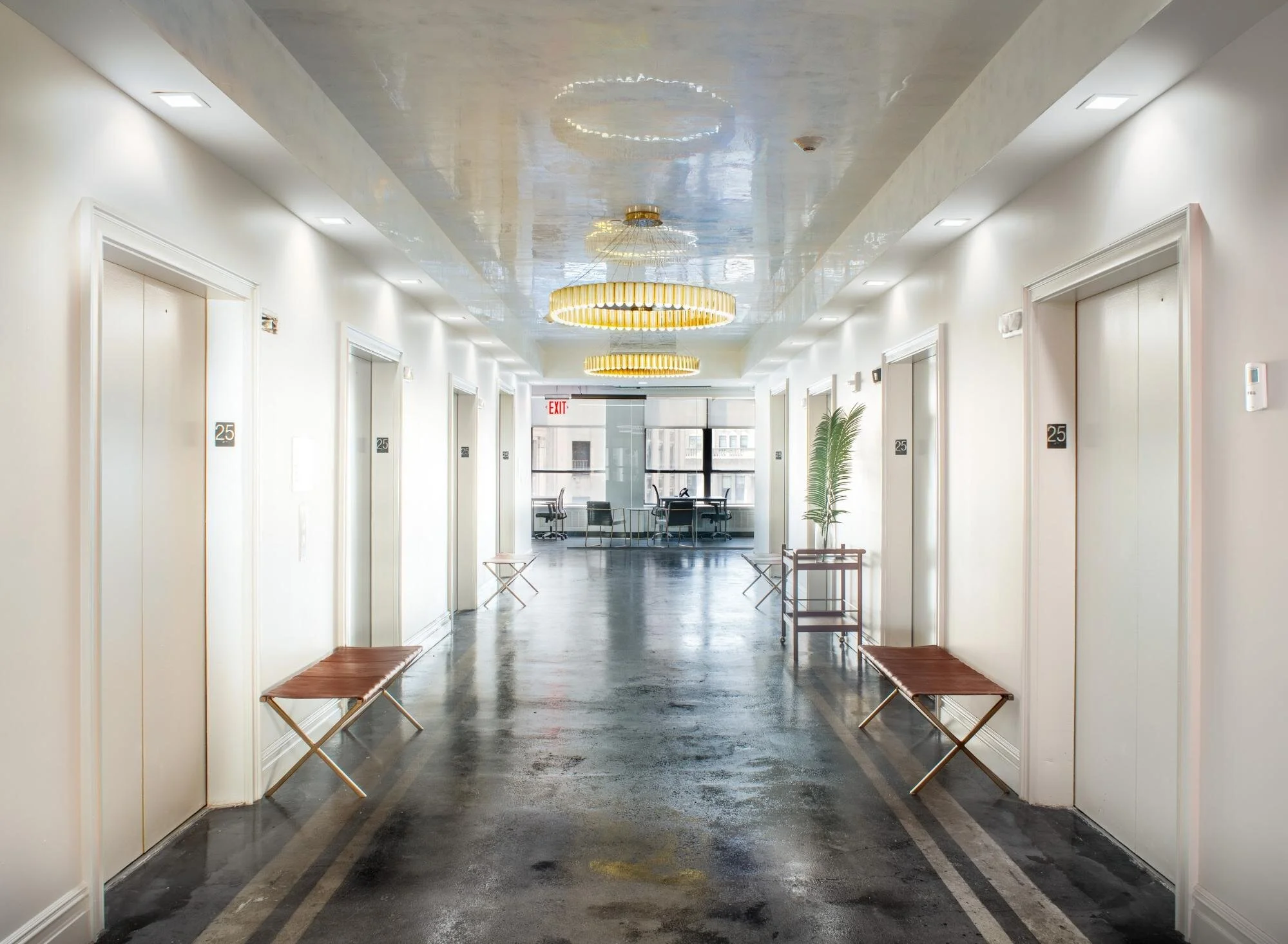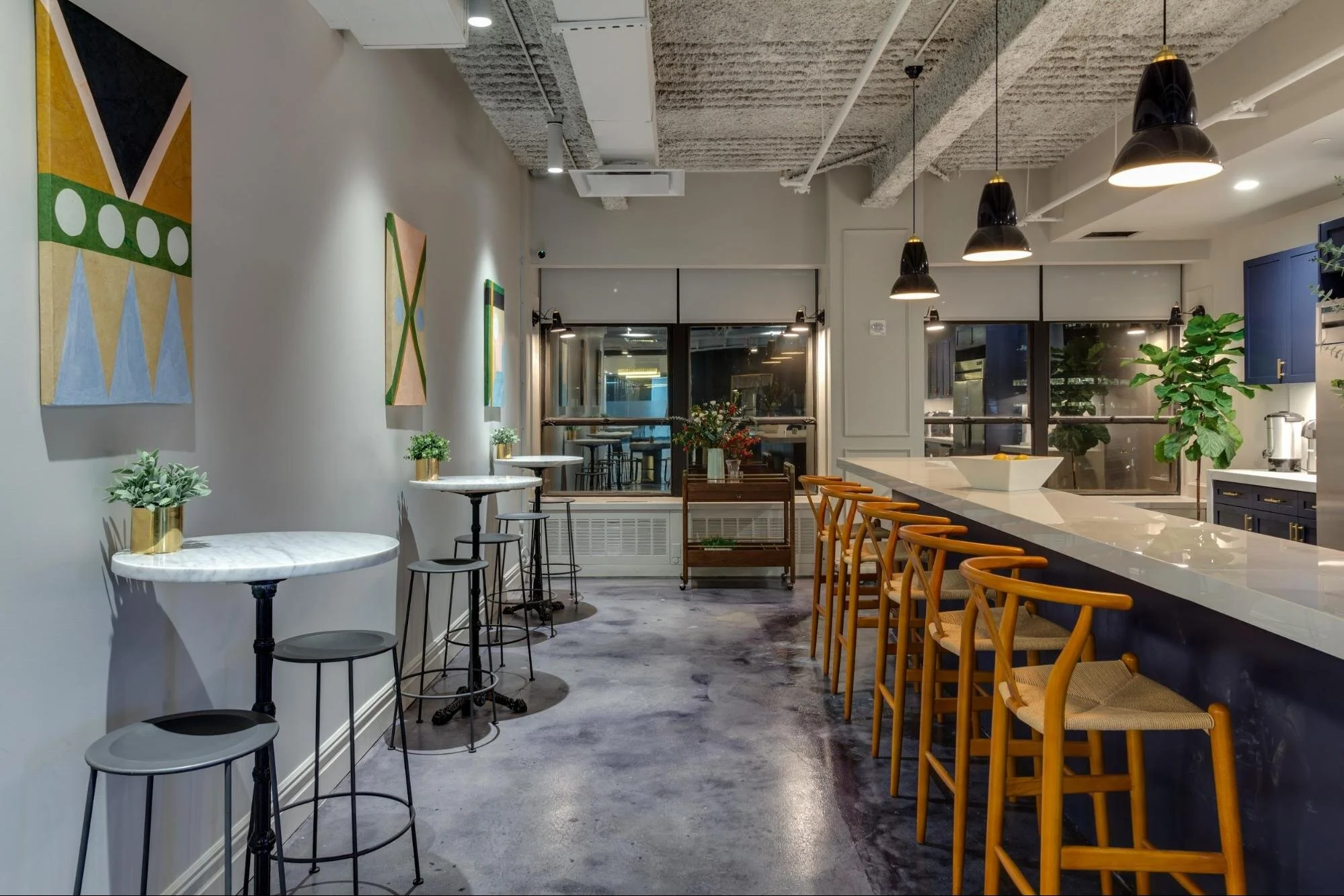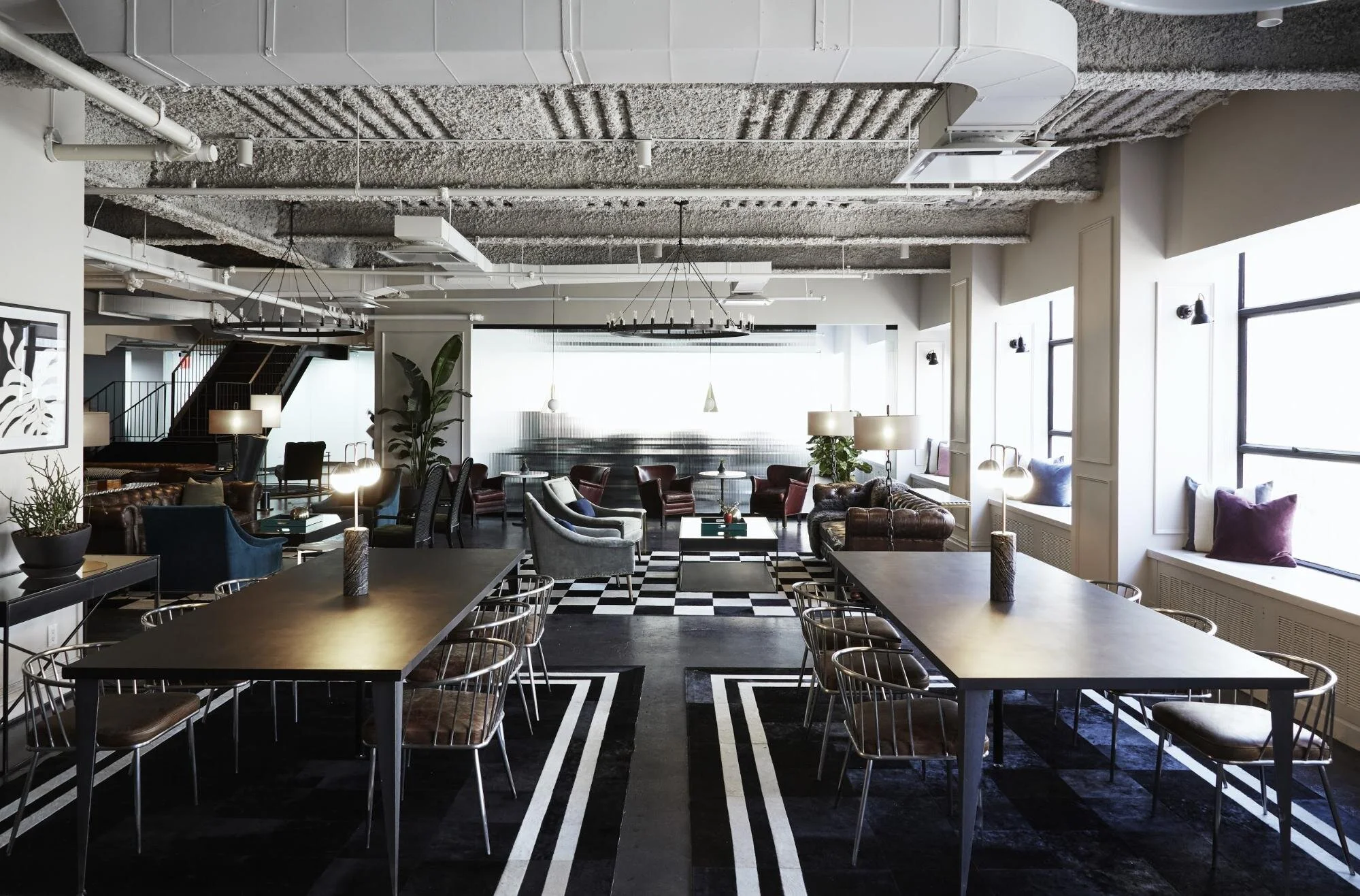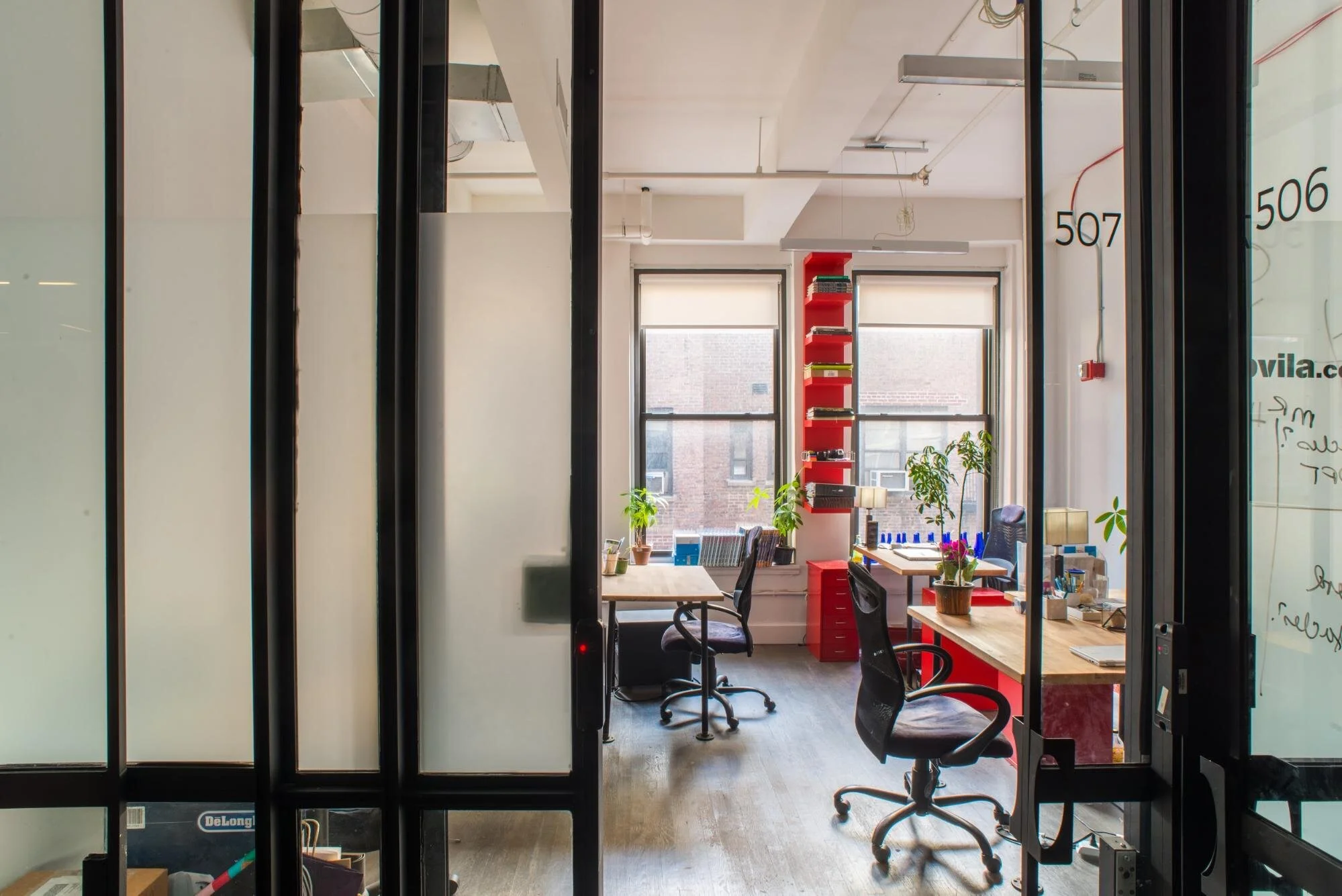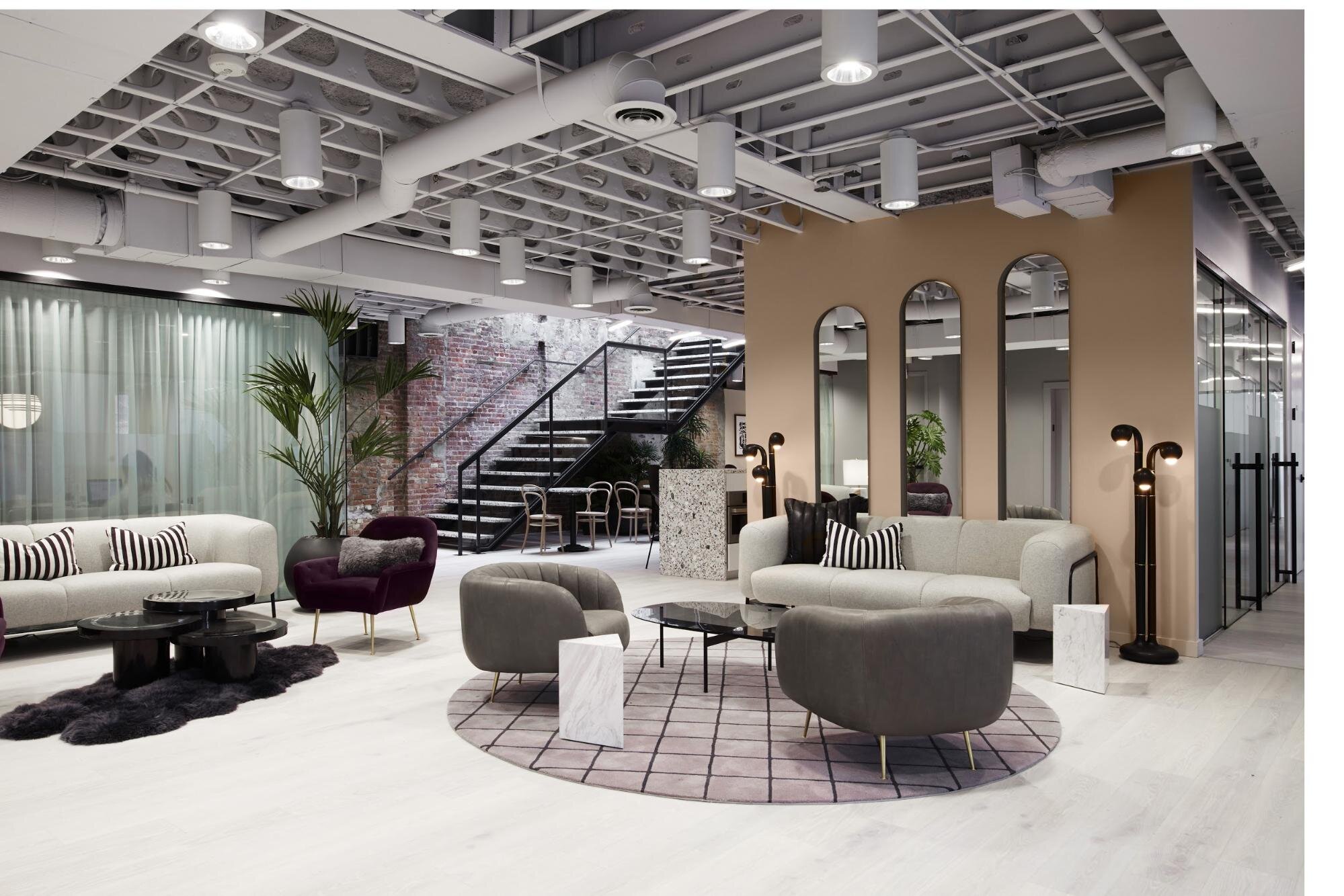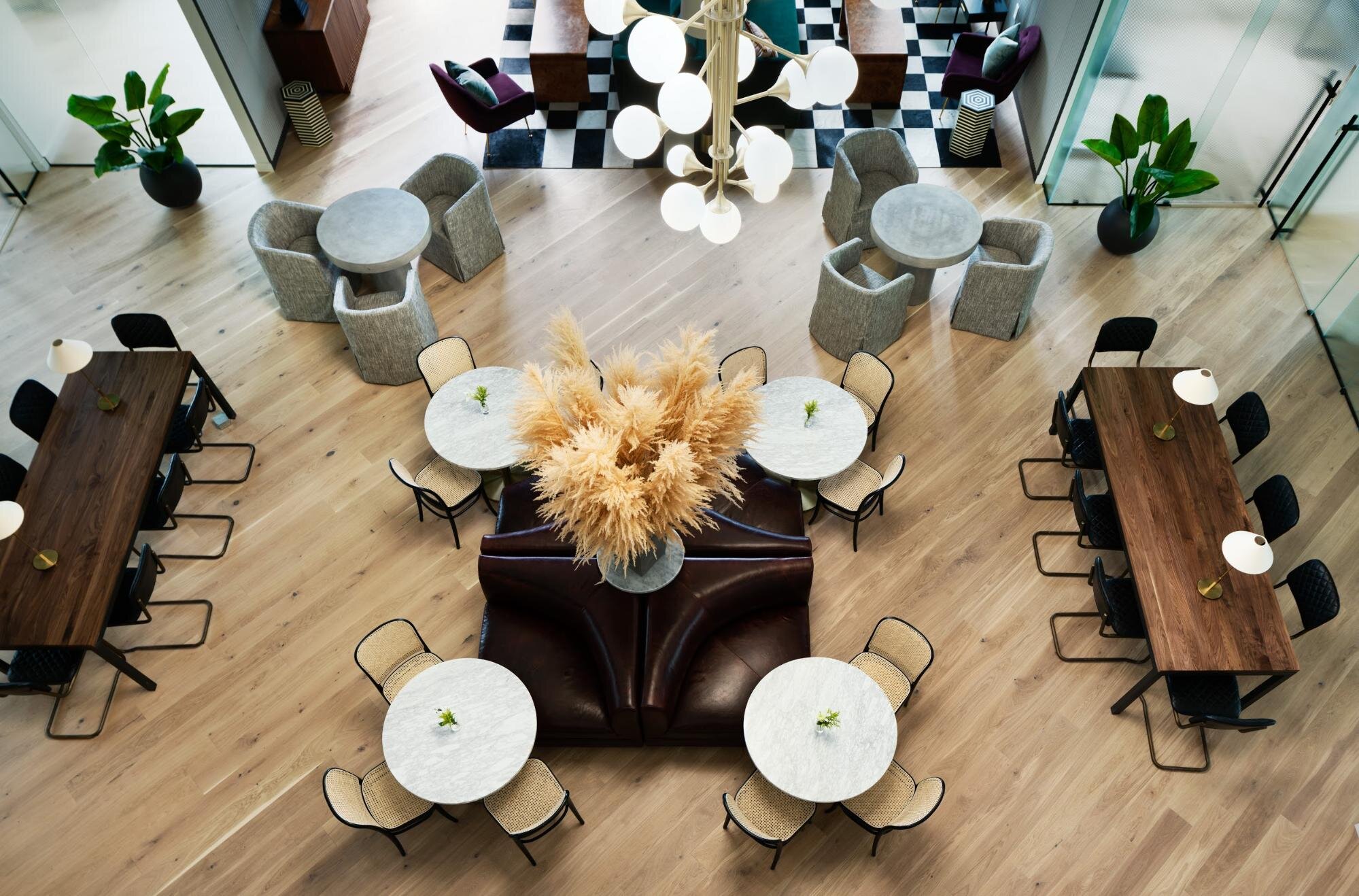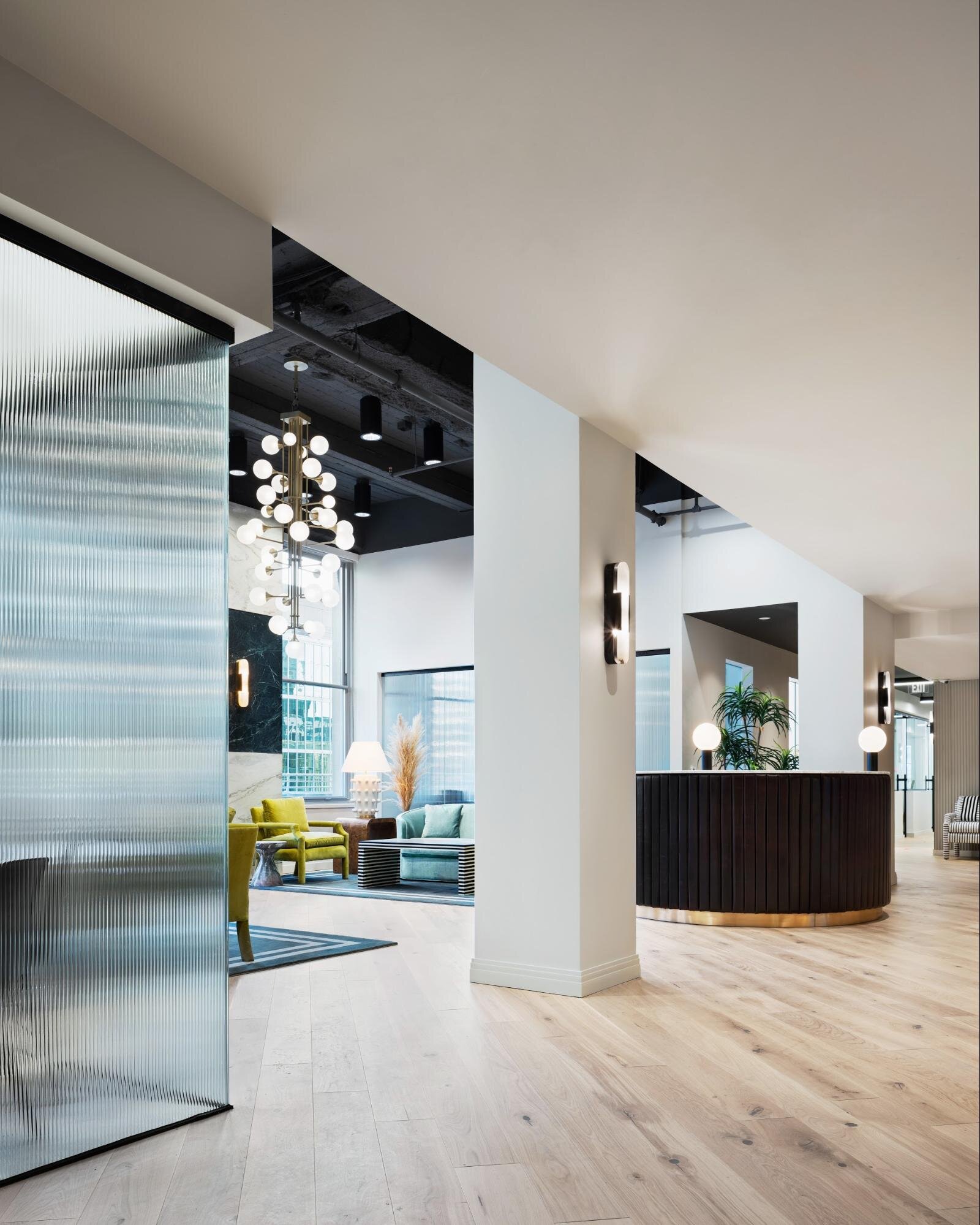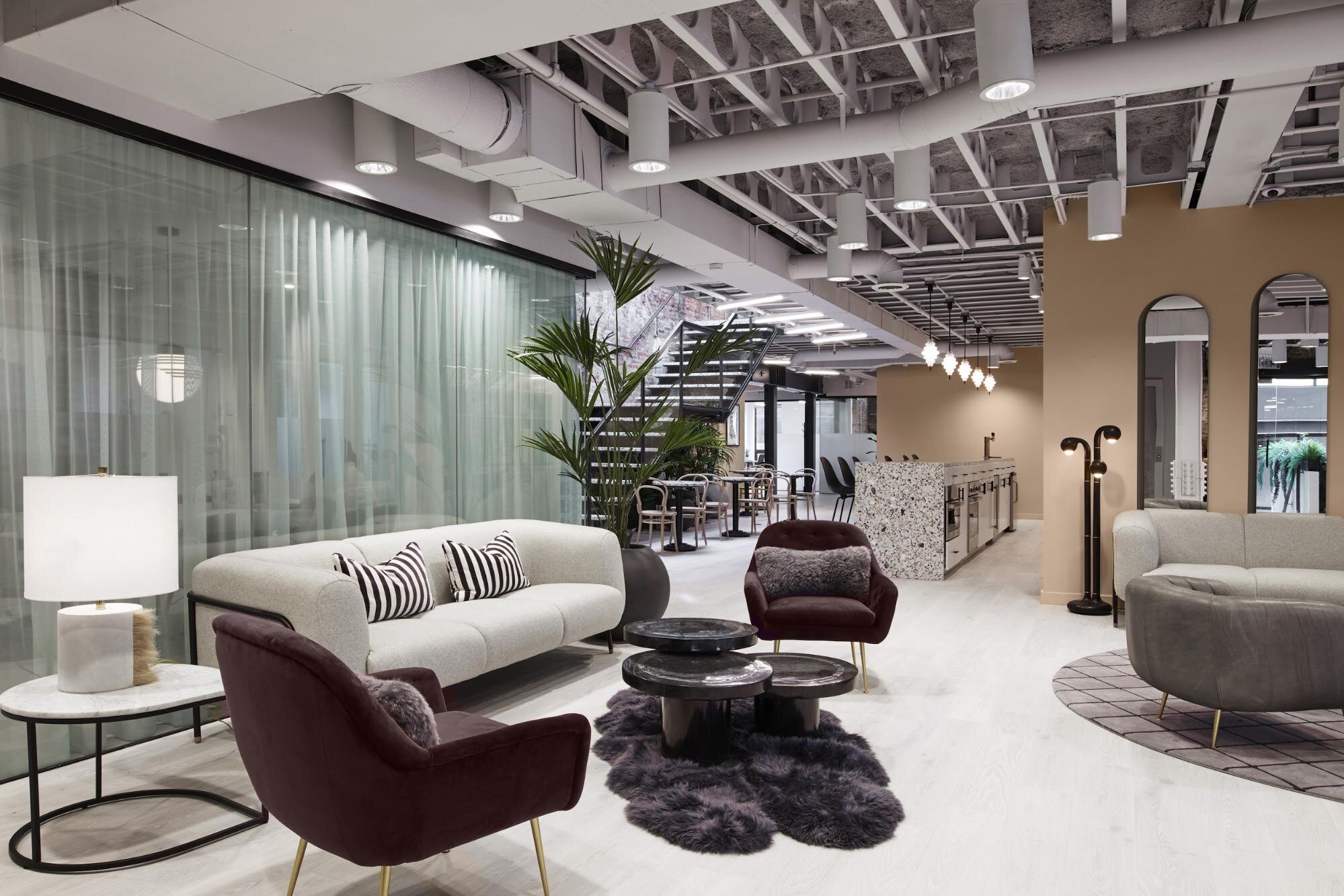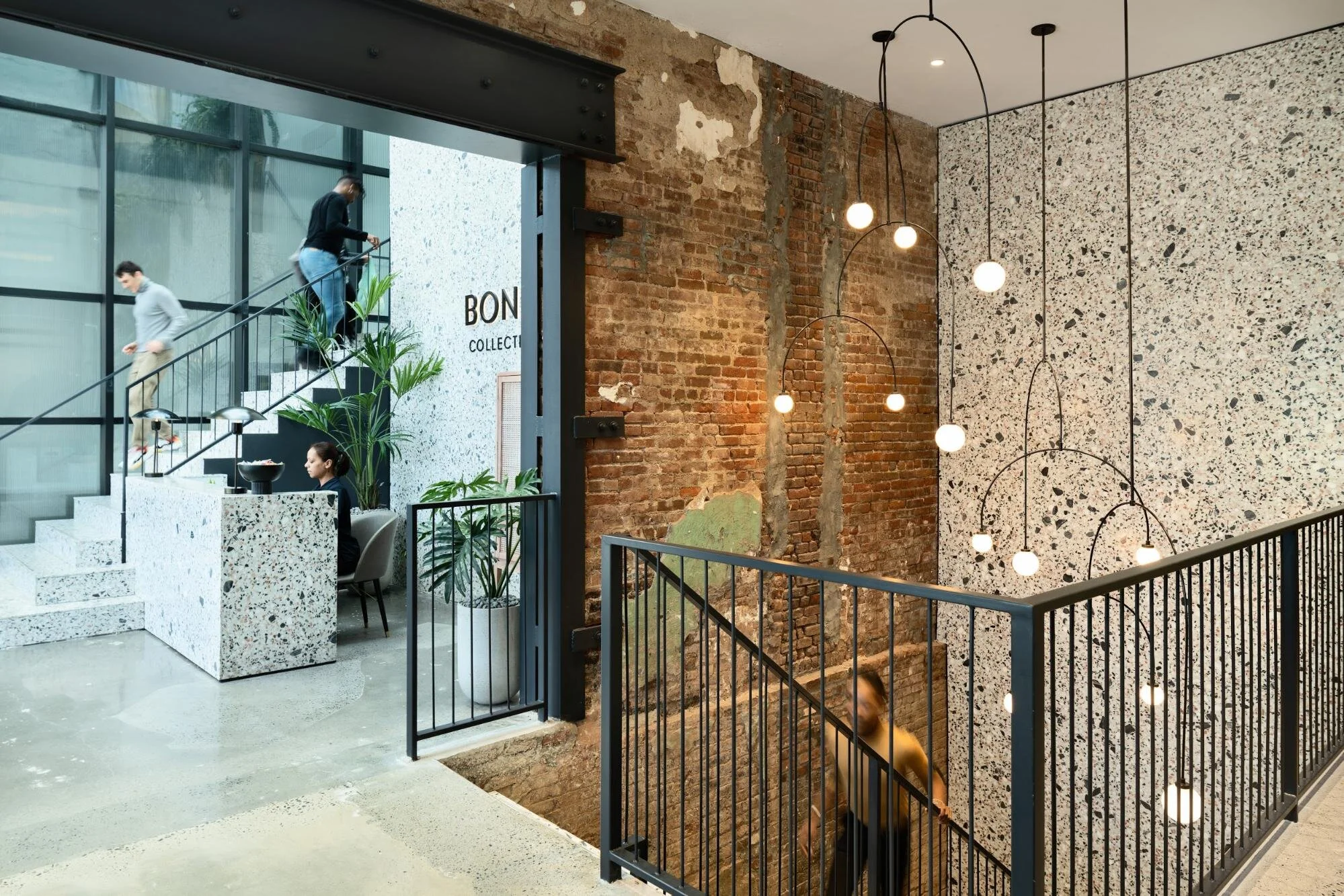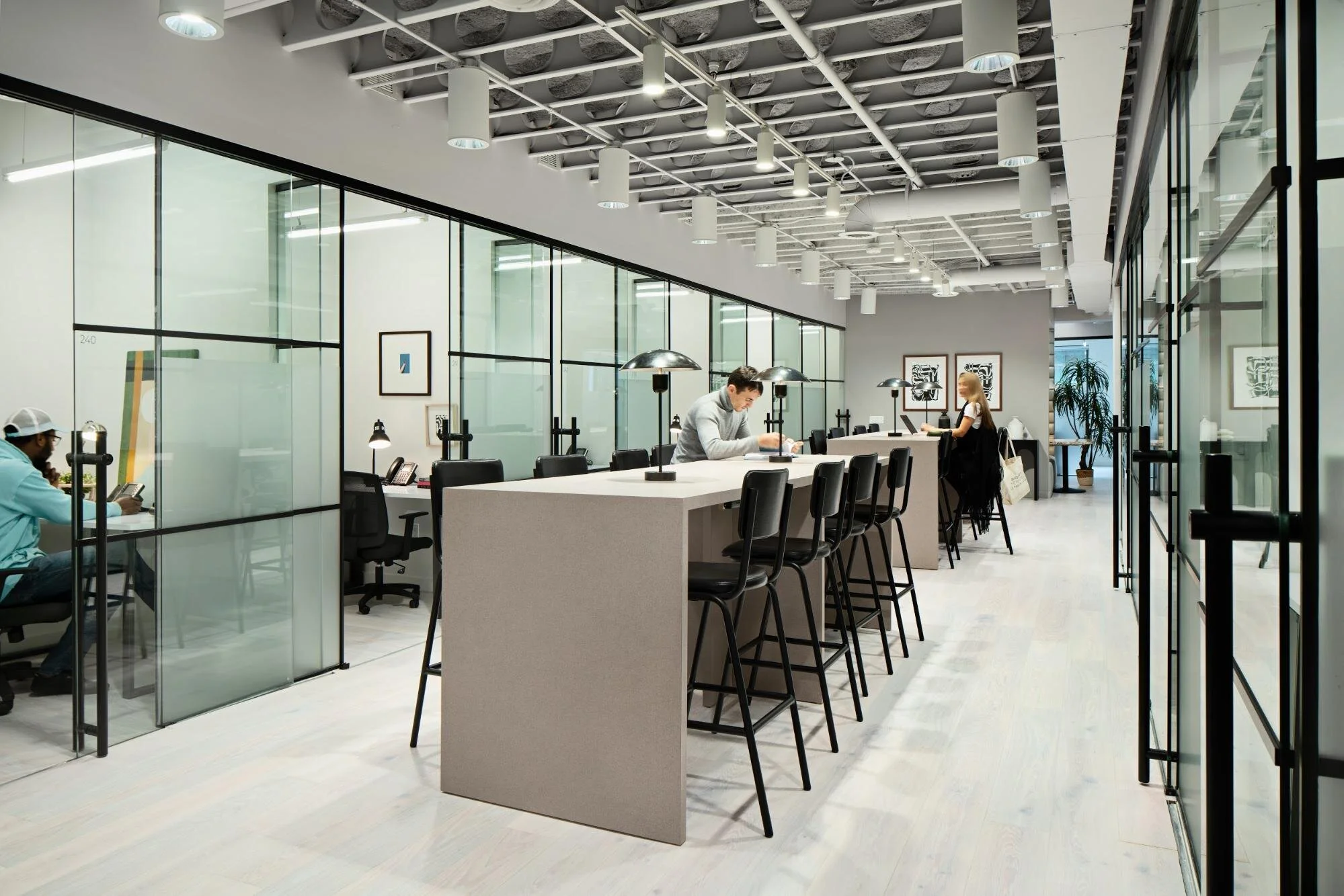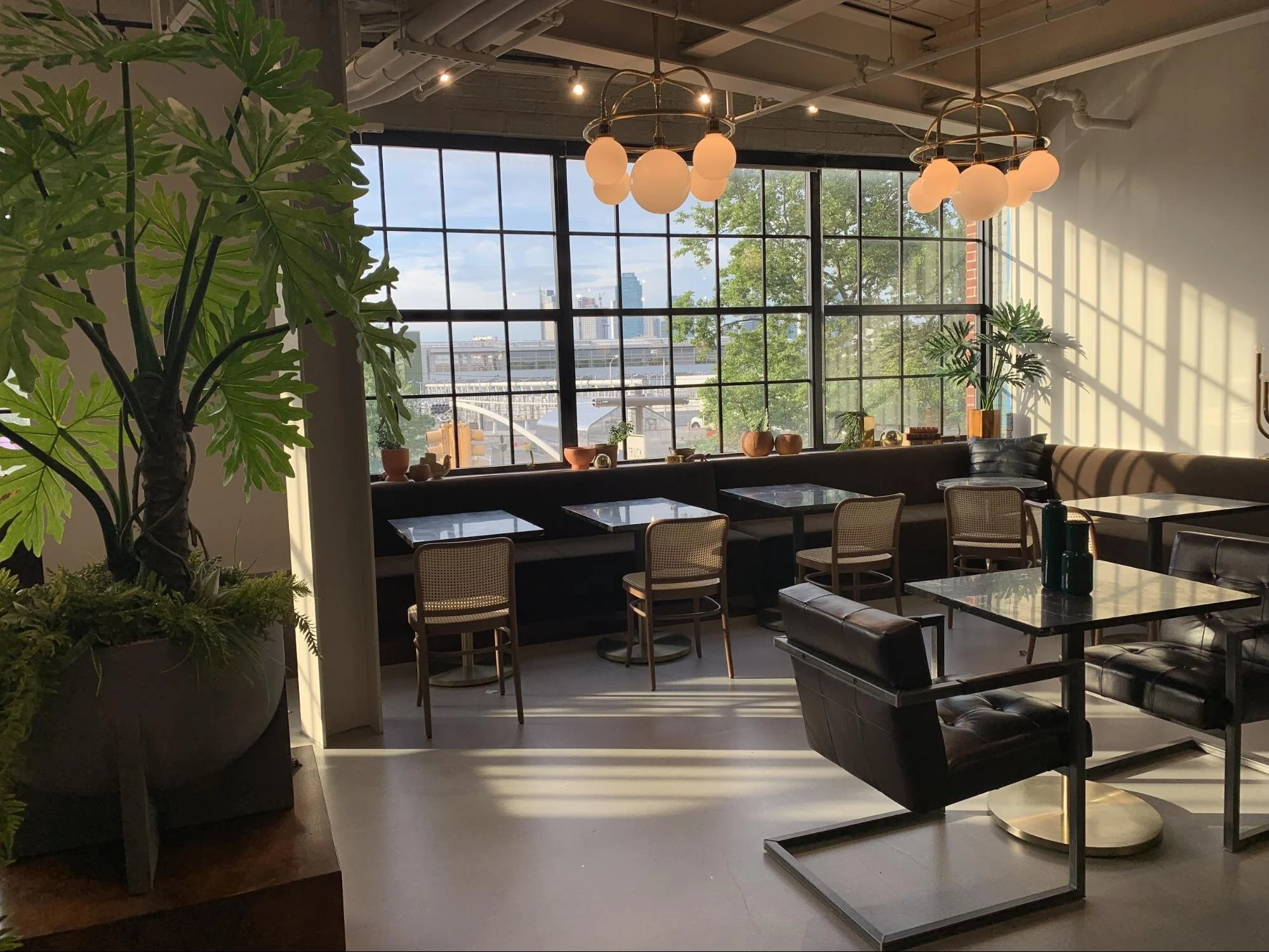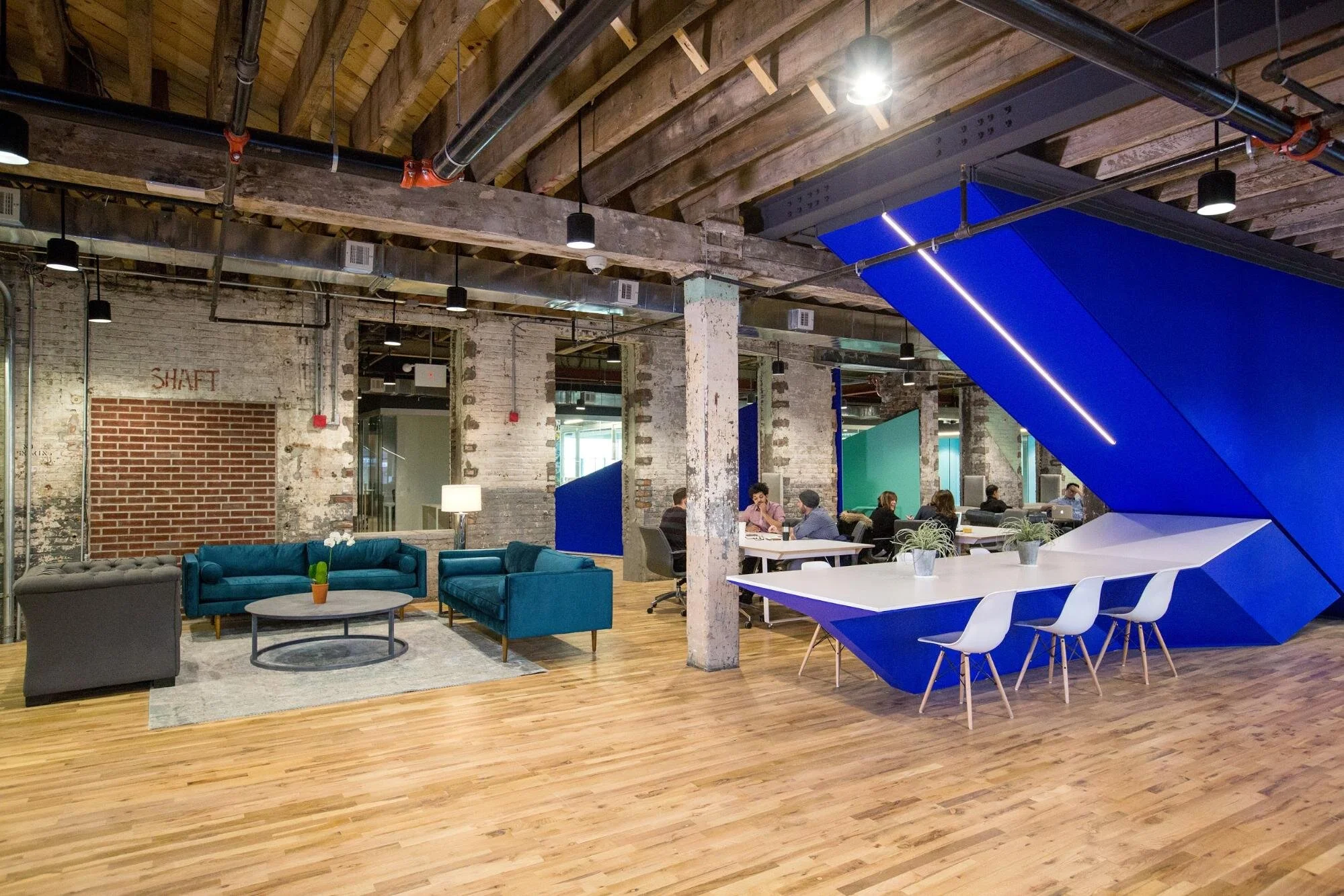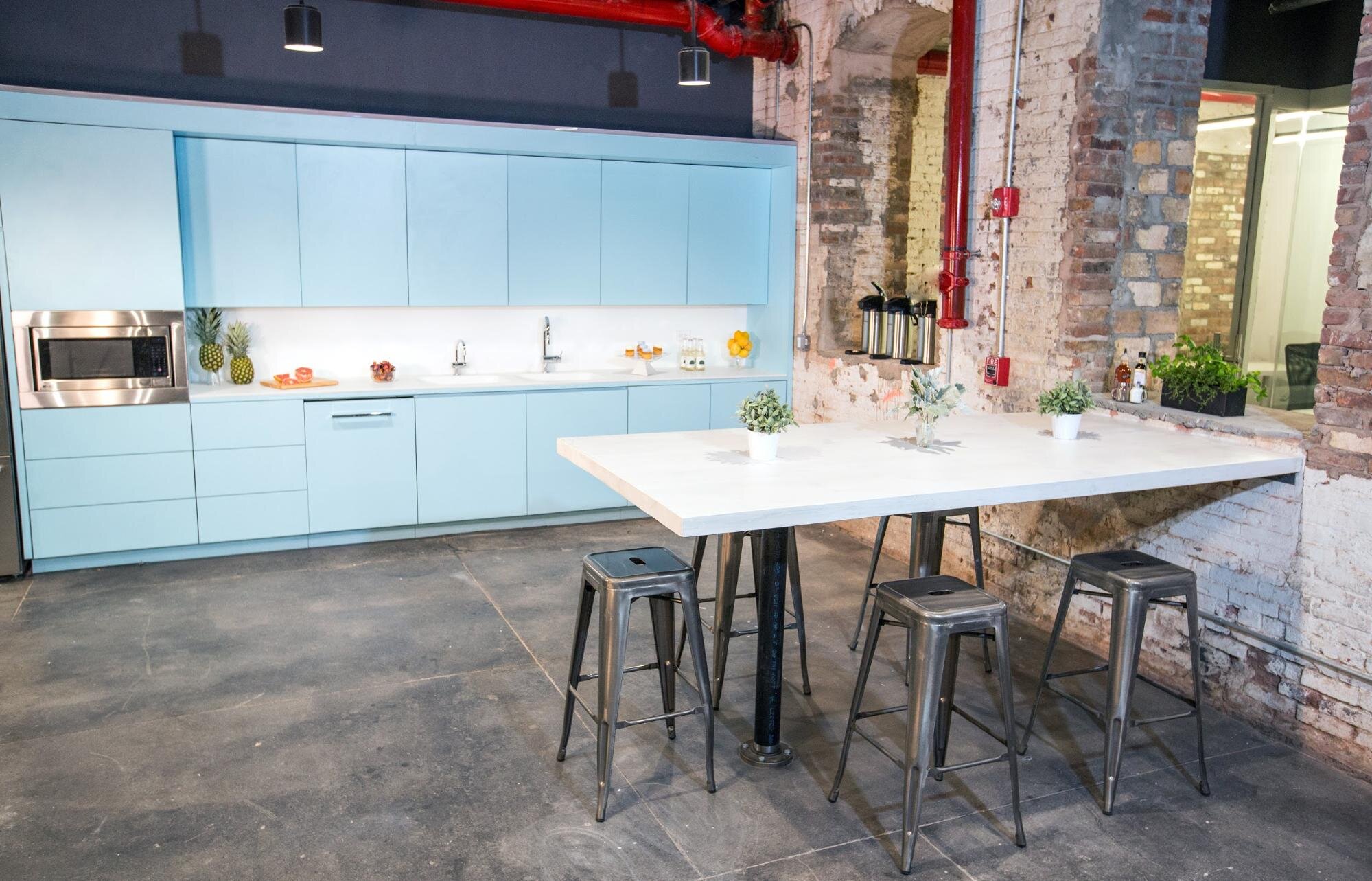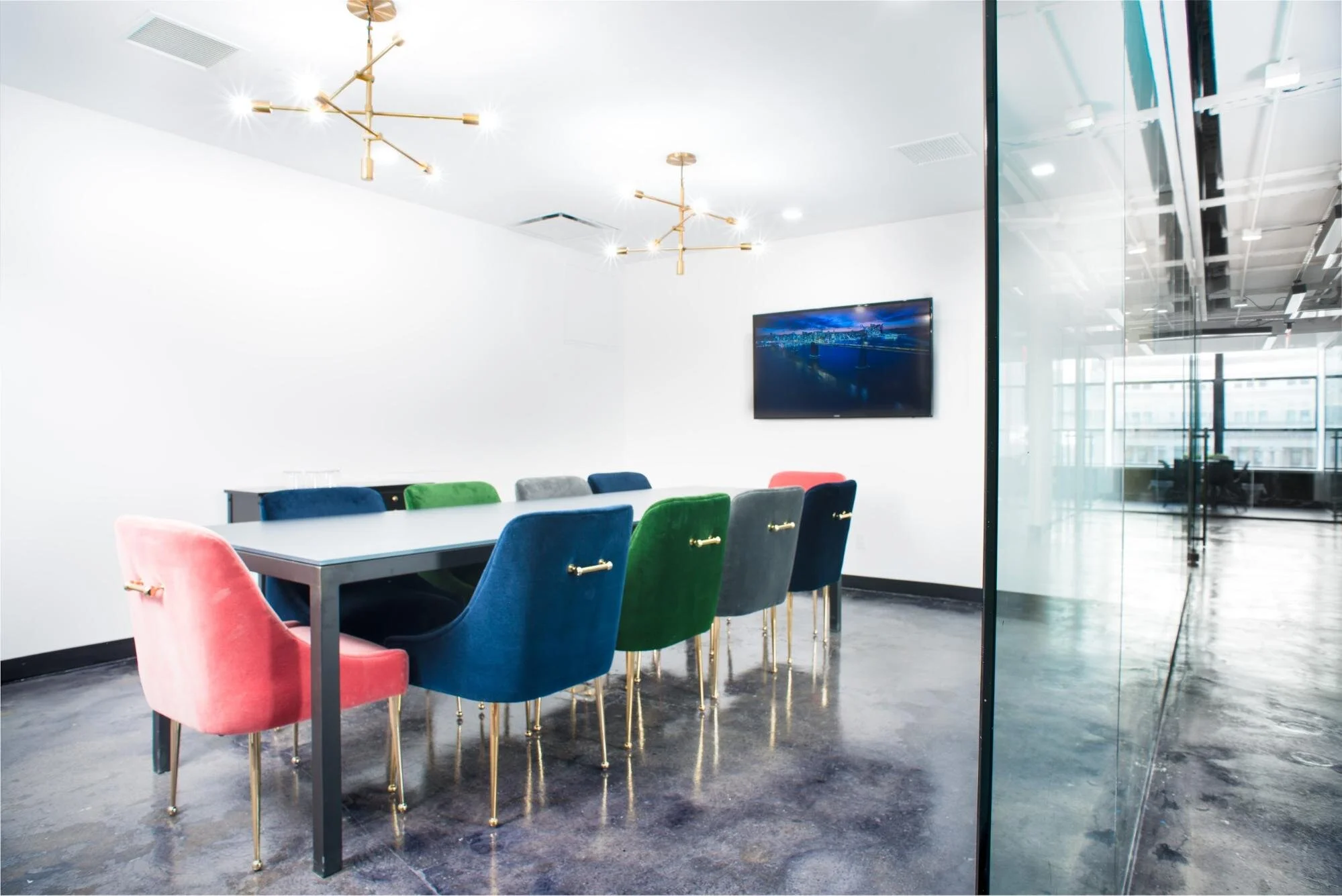By Bond Collective Staff
Creating a startup is an exciting endeavor, but there’s more to it than opening your doors and hoping for the best. It takes research, planning, and dedication to give your new business the chance it needs to prosper. A business startup checklist can help.
In this article, we discuss the basics of building a startup and give you tips for making it a success.
Business Startup Checklist
1) Know The Difference Between A Startup And A Small Business
Many people use the word “startup” as a blanket term to refer to any new business, be it small or large.
However, there are distinct differences between a startup and a small business that will affect your business model, the length of time you intend to operate, the funding you receive, and the risk you take on.
A startup is a short-term arrangement designed to search for, identify, and adopt a repeatable and scalable business model as quickly as possible so as to have a significant impact on the current market.
A small business, on the other hand, is a self-sustaining operation designed to generate revenue from the very first day, function without a major investment, and work within an existing business model.
Though the distinction between the two may seem slight, the unique nature of each type will influence and define the path you take on this business startup checklist from the very first day.
Pro Tip: Ask yourself these questions to identify whether your goal is a startup or a small business:
-
What are my expectations for the business?
-
How do I plan on growing my business?
-
Will I partner with anyone? If so, whom?
-
How do I define success for my business?
For a more in-depth look at the startup versus small business concept, check out these articles from Bond Collective:
What Is The Difference Between A Startup And A Small Business?
Stealth Mode Startups: What Are They And When To Launch One
2) Set Your Priorities
A key part of working your way successfully through this business startup checklist is identifying your priorities.
Paint a picture of how you want your work life and your personal life to look a year, two years, five years, and 10 years down the road.
-
Ask yourself vital questions, including:
-
What am I passionate about?
-
What am I good at?
-
How much financial stability do I need?
-
Can I handle working long and variable hours?
-
If money were no object, what would I do?
-
Where do I want to work?
-
Do I want to manage the business or “work in the trenches”?
Answering these types of deep, personal questions will help you decide if you want to build a business from the ground up or if you’re better suited to work as a consultant or in an existing business.
Pro Tip: Be honest with yourself when examining your priorities and allow those priorities to change over time.
For more information about striking out on your own, take a few minutes to read these valuable articles from Bond Collective:
Everything You Need To Know Before You Start Working For Yourself
What Is A Lifestyle Entrepreneur And How To Become One
Solopreneur: 11 Tips For When You Are Forging It On Your Own
3) Research Your Target Market
Researching your target market is an essential component of any business startup checklist. Getting to know your customer base provides valuable insight into:
-
Demand for your product or service
-
Problems inherent in the market
-
Appropriate price points
-
How your market will react to what you have to offer
-
Customer demographics
-
Variables that influence your potential customers’ buying decisions
Armed with this information, you can perfect your product, message, image, and every other aspect of your startup to appeal to potential customers in your niche as much as possible.
Pro Tip: Don’t confuse market research with “marketing research.” The former deals with markets (the demand for a particular commodity or service) while the latter deals with marketing (the appearance, presentation, and advertising of your business).
For more tips on researching your target market, take a few minutes to read these helpful articles from Bond Collective:
Market Research For Startups: The Ultimate Guide For Entrepreneurs
Estimating Market Size: The Complete Guide For Startups And Small Business
4) Create A Business Plan
Every business needs a plan. Your startup is no different.
For this step in the business startup checklist, it’s time to build a plan for how you want your startup to look, feel, and operate.
-
Be sure to include information about:
-
Budget
-
Accounting practices
-
Target market
-
Price structure
-
Advertising and marketing
-
Equipment needs
-
Employee needs
-
Mission statement
When complete, your business plan will reveal exactly what you need to do to get your fledgling business up and running. It will also provide a basis through which you can secure funding (if necessary) later on in the process.
Pro Tip: Consider investing in professional help from a lawyer or consulting firm when creating your business plan. This document will act as a roadmap to guide your business to success, so getting it right the first time around will help you avoid a lot of stress in the future.
Need more information on a specific aspect of your startup? Read these articles from Bond Collective for helpful advice:
How Much Does It Cost To Start A Business? 4 Smart Budgeting Tips
3Ps: Properly Managing People, Process, And Product
The Top 14 Ways To Motivate Employees In 2018
Cap Table For Startups | The Complete Guide
5) Build A Business Strategy
Business strategy is the middle tier — with corporate strategy above it and functional strategy below it — in what is an all-encompassing organizational strategy that governs all of your startup’s activities.
The benefits of building a business strategy early on are too numerous to name. At the most basic, though, a complete business strategy will:
-
Provide direction
-
Reveal priorities
-
Facilitate decision making
-
Simplify adaptation
When you’re working your way through this business startup checklist, it may seem like you don’t need a business strategy right away.
But because of your startup’s potential for rapid growth, you’ll certainly need it sooner rather than later.
Pro Tip: Build your business strategy in concert with your business plan for a unified and detailed roadmap that will take your company from start to finish.
Need help with your business strategy? Read this article from Bond Collective for helpful advice:
Business Strategy: 7 Straightforward Tips For Building A Winning Business
6) Secure Financing
This is a crucial step in the business startup checklist because, without capital, even the best-laid plans and strategies will go nowhere.
At some point, you’ll need to purchase technology, office supplies, or parts for your initial product. The funding for these essentials will most likely come from a bank or investors.
If that’s not the route you want to take, investigate government programs and grants designed especially for startups like yours.
For more details about securing financing for your startup, read these helpful articles from Bond Collective:
-
Startup Funding: Different Funding Options And How To Secure Them
-
The 14 Best Ways To Raise Money For Your Startup Or Small Business
-
How To Calculate Burn Rate And Why It’s Always Asked On Shark Tank
Start Small And Dream Big
There’s certainly something to be said about going all-in right from the start. But if that makes you nervous — as it should — consider keeping your startup small at first.
Instead of jumping right into a long-term lease, for example, save money, time, and worry by basing your business startup in a coworking space like Bond Collective.
It doesn’t matter if you’re a team of one or a team of 50 or more, Bond Collective has the right workspace for your startup.
Whether you need coworking space, dedicated desks, or private offices, Bond Collective has the best solution for you, your team, and your business.
Bond Collective And Your Startup
At Bond Collective, the benefits don’t stop with office space. In addition to our unique work settings, members also enjoy industry-leading amenities, such as:
-
Lightning-fast Wi-Fi
-
Guest reception and greeting
-
Conference Rooms
-
Daily on-site cleaning
-
Black-and-white printing
-
Private-label mail service
-
Concession food market
-
Networking and curated events
-
24-hour access
-
Bike storage
-
And much more…
Starting small can give you valuable experience in your niche without breaking the bank or putting you in debt. Once you’ve got some experience under your belt and profits rolling in, you can always expand into a private office as your needs demand.
Visit any one of Bond Collective’s many locations in the United States, including workspaces in New York, Pennsylvania, Washington D.C., Illinois, Tennessee, and Texas. Or call us today to find out more about everything we have to offer.
And while you’re at it, schedule a tour to experience first-hand how the boutique work environments at Bond Collective can benefit your business startup.




